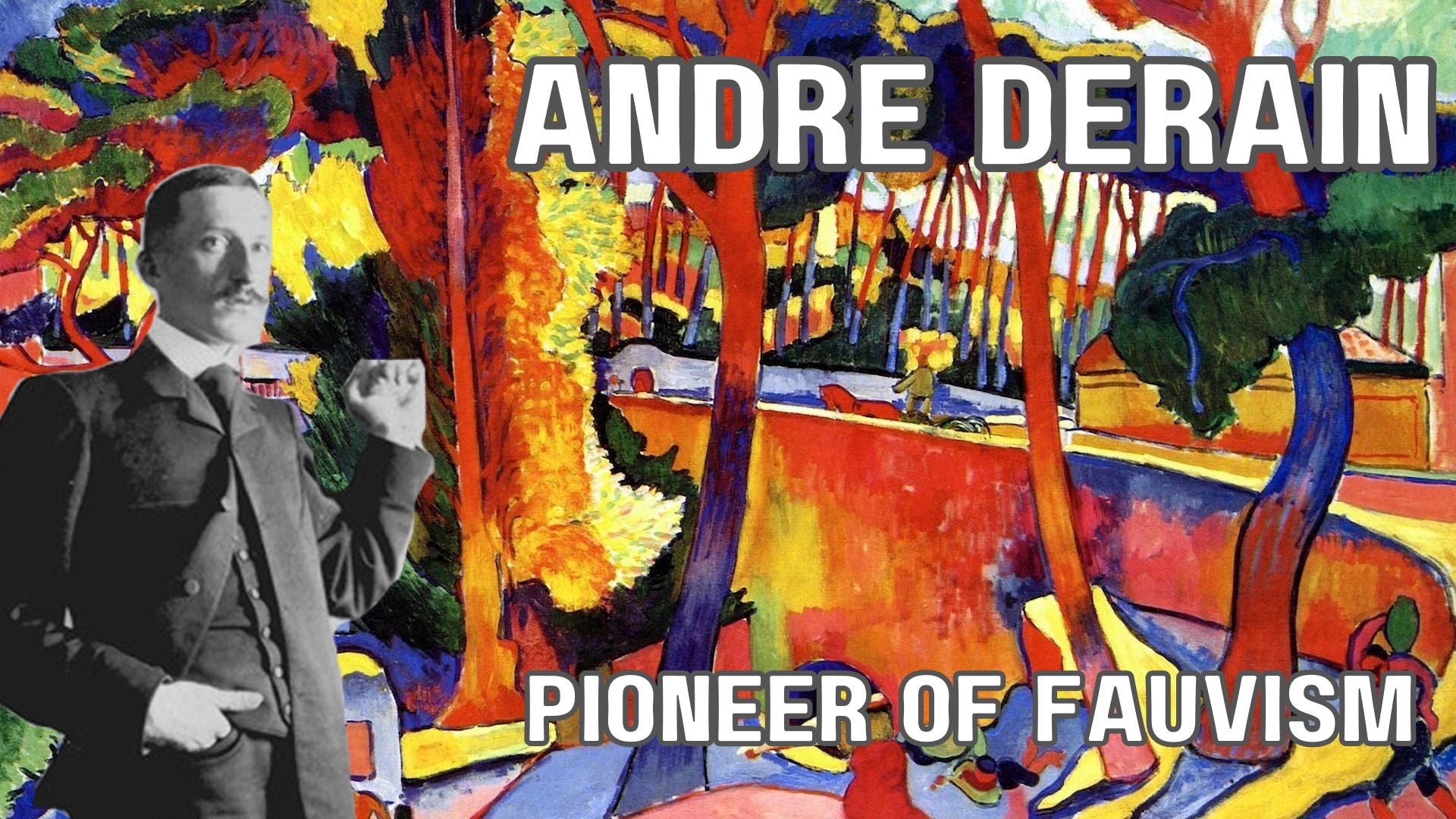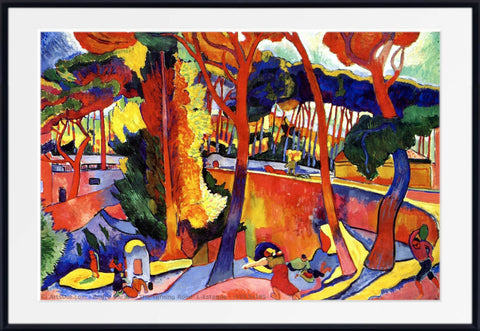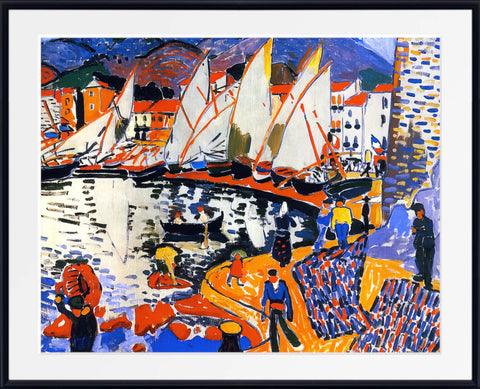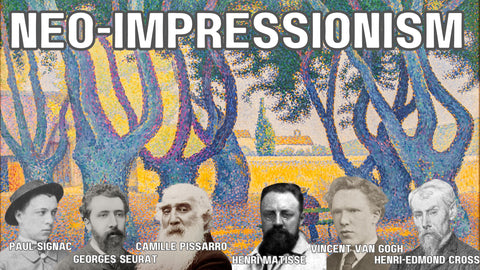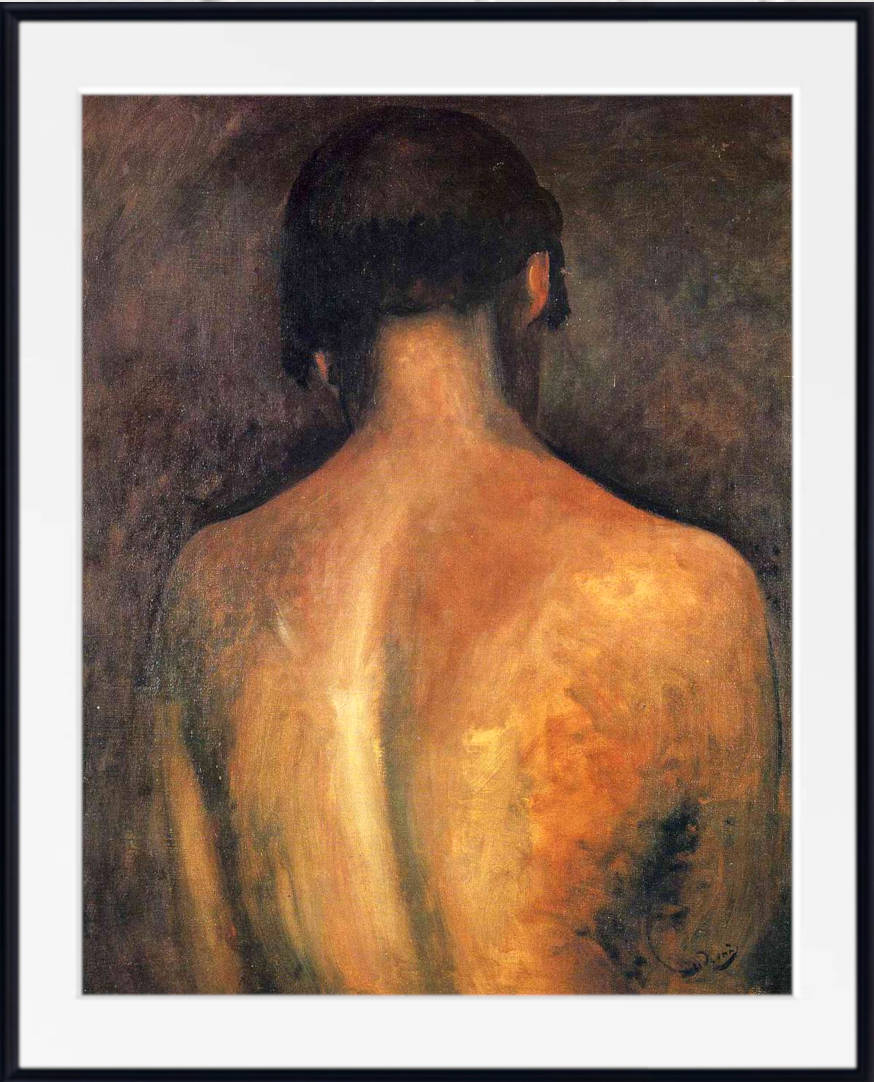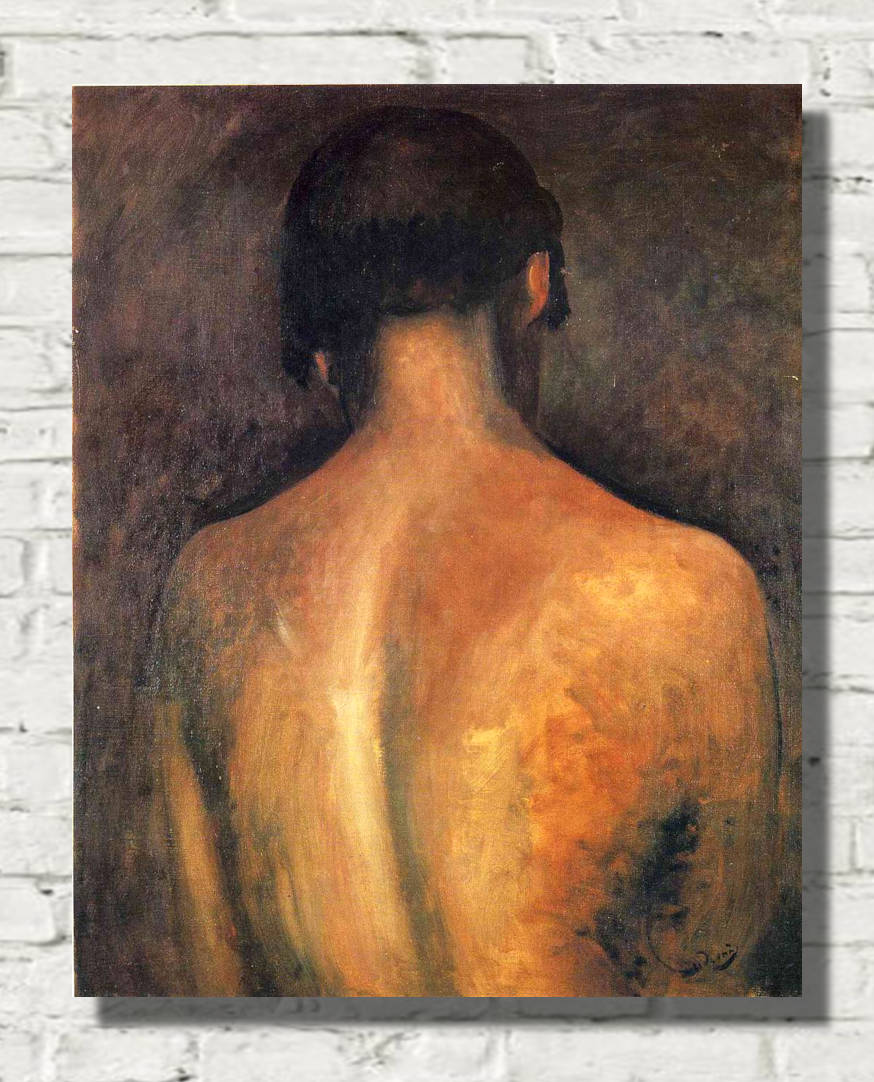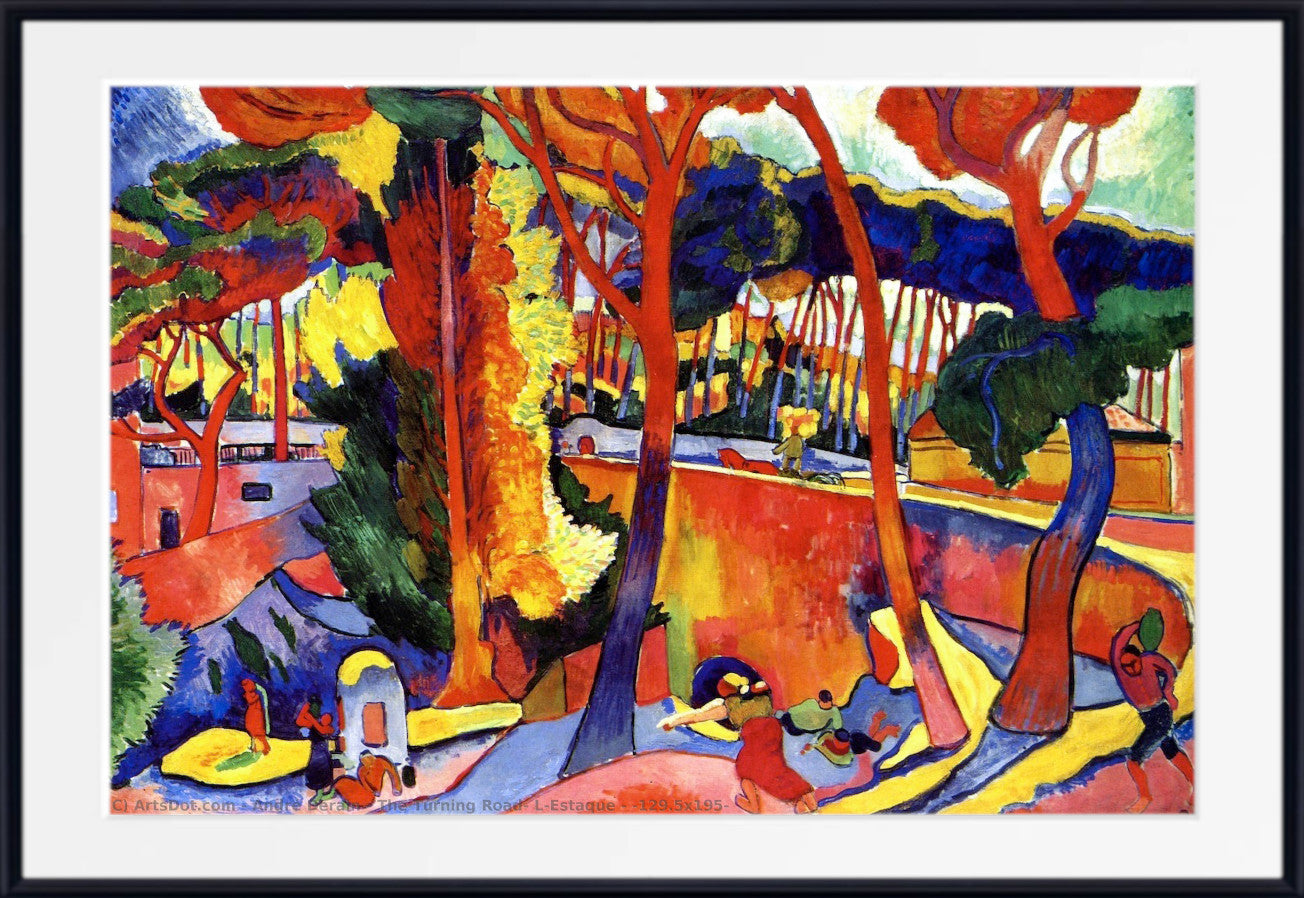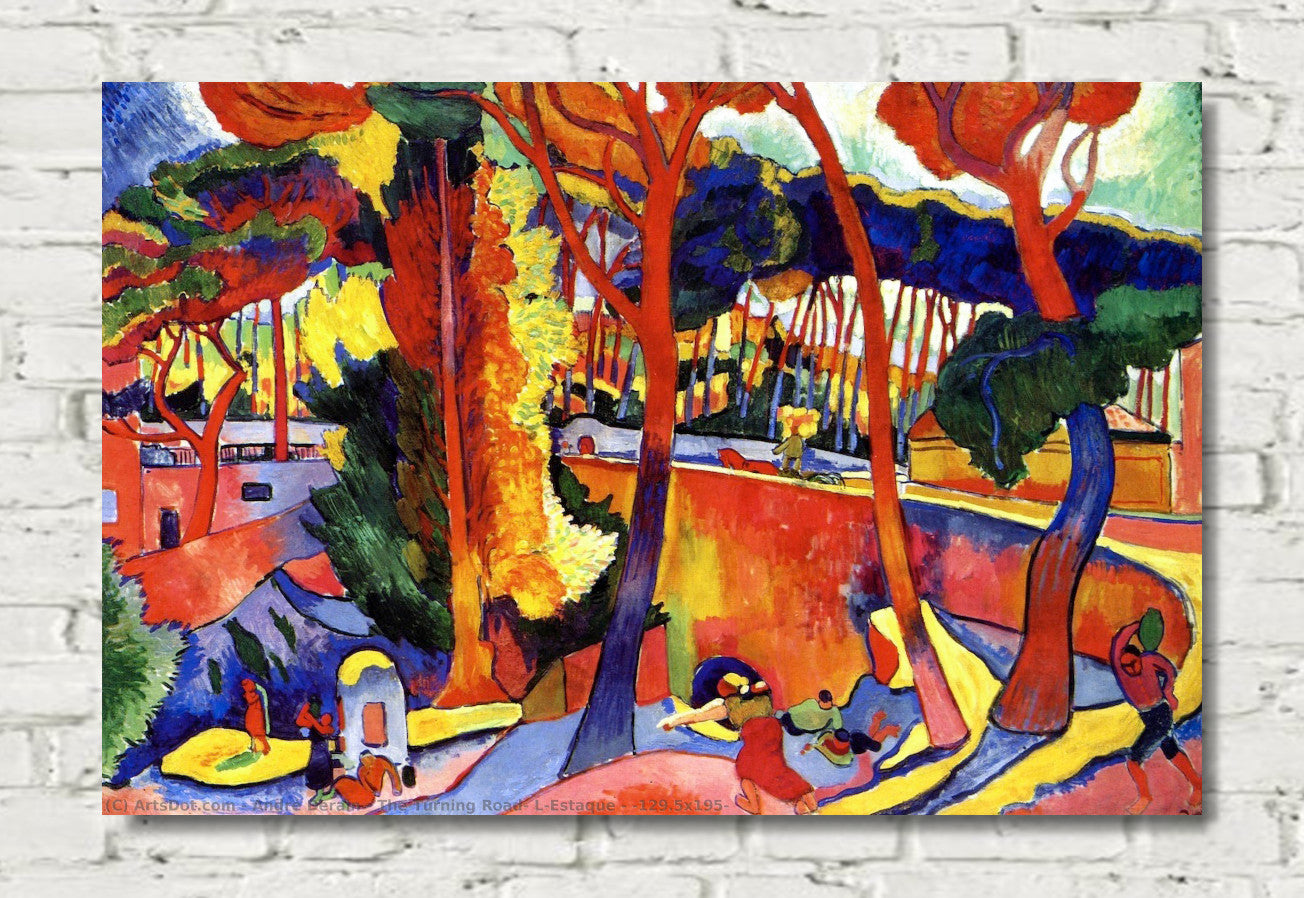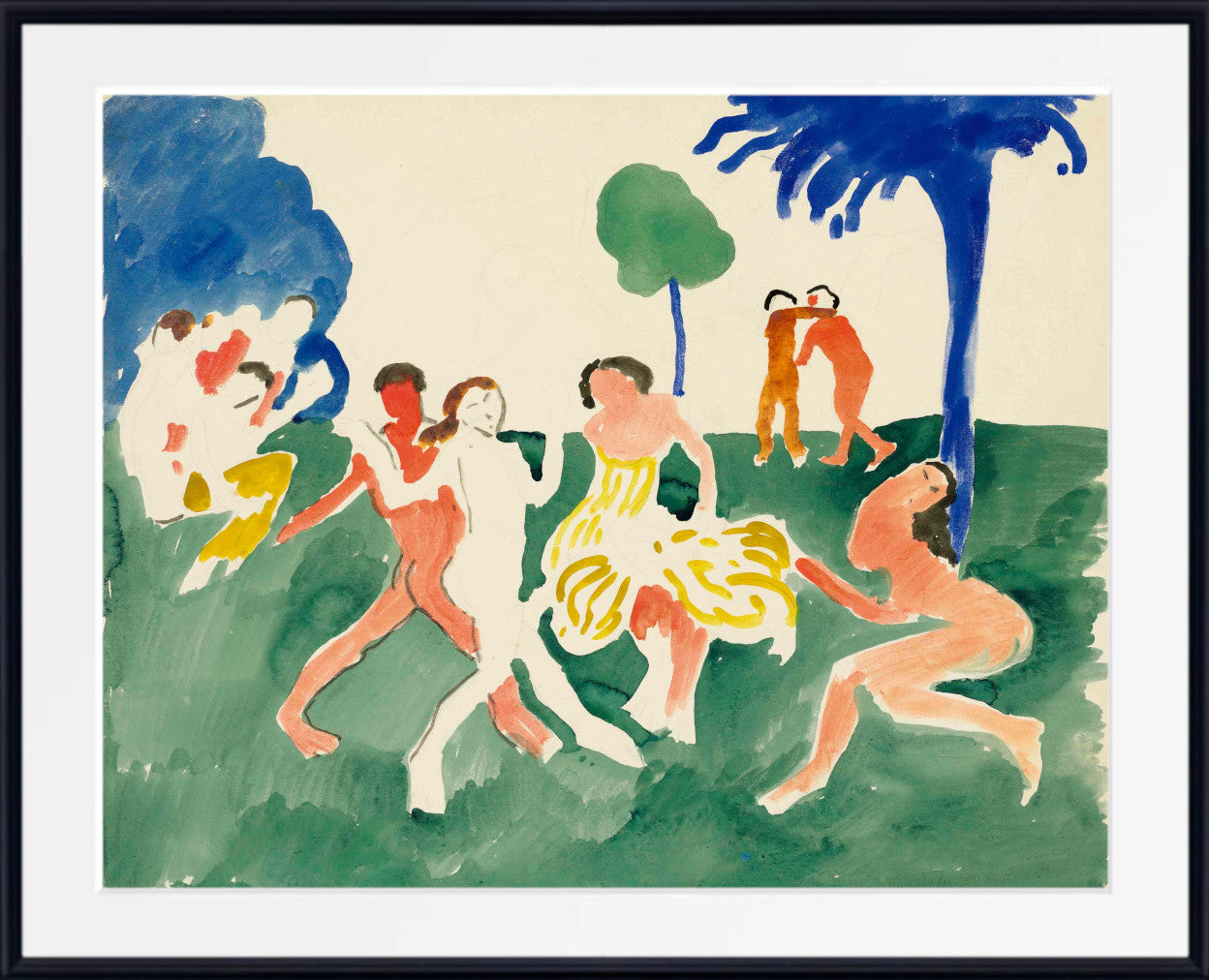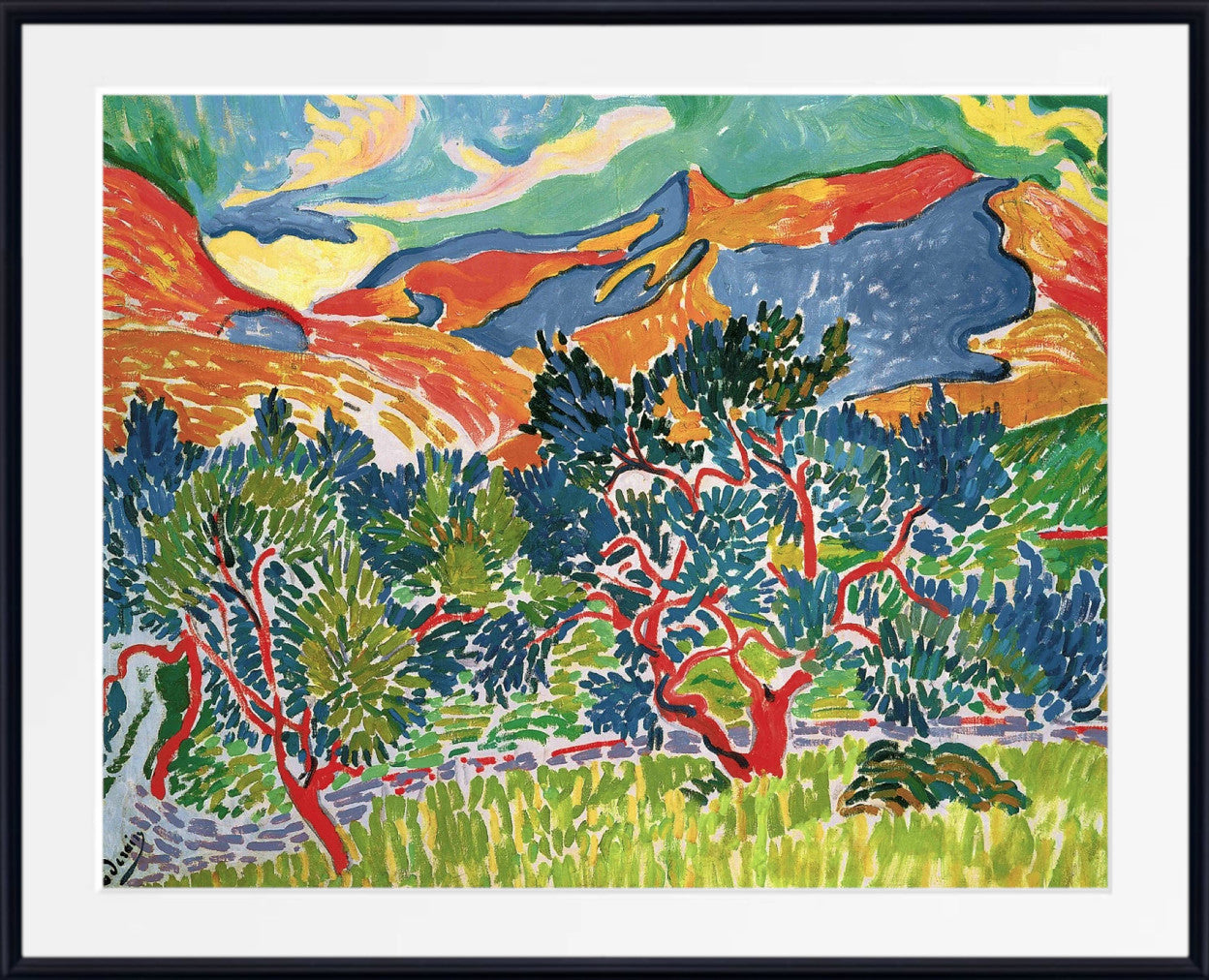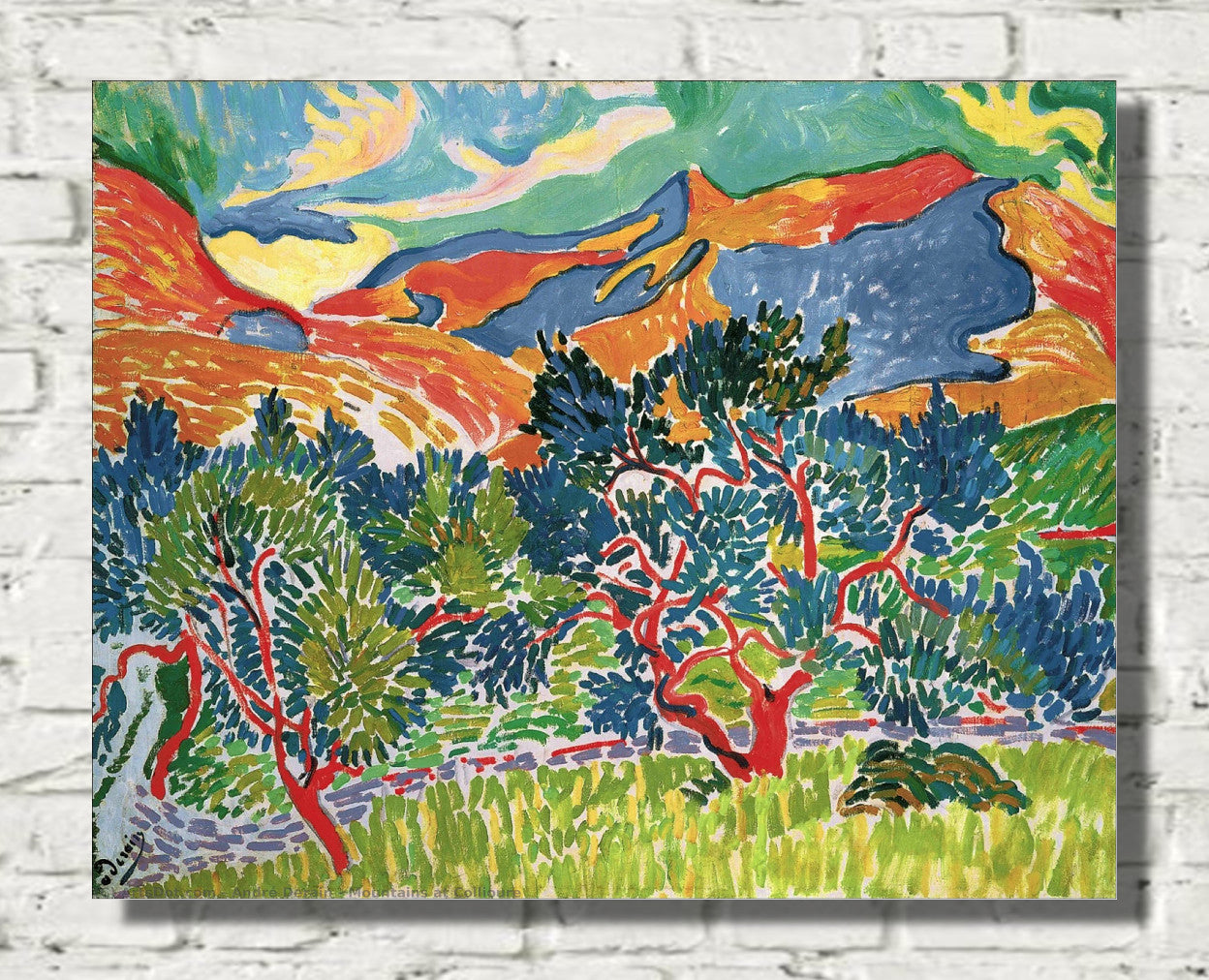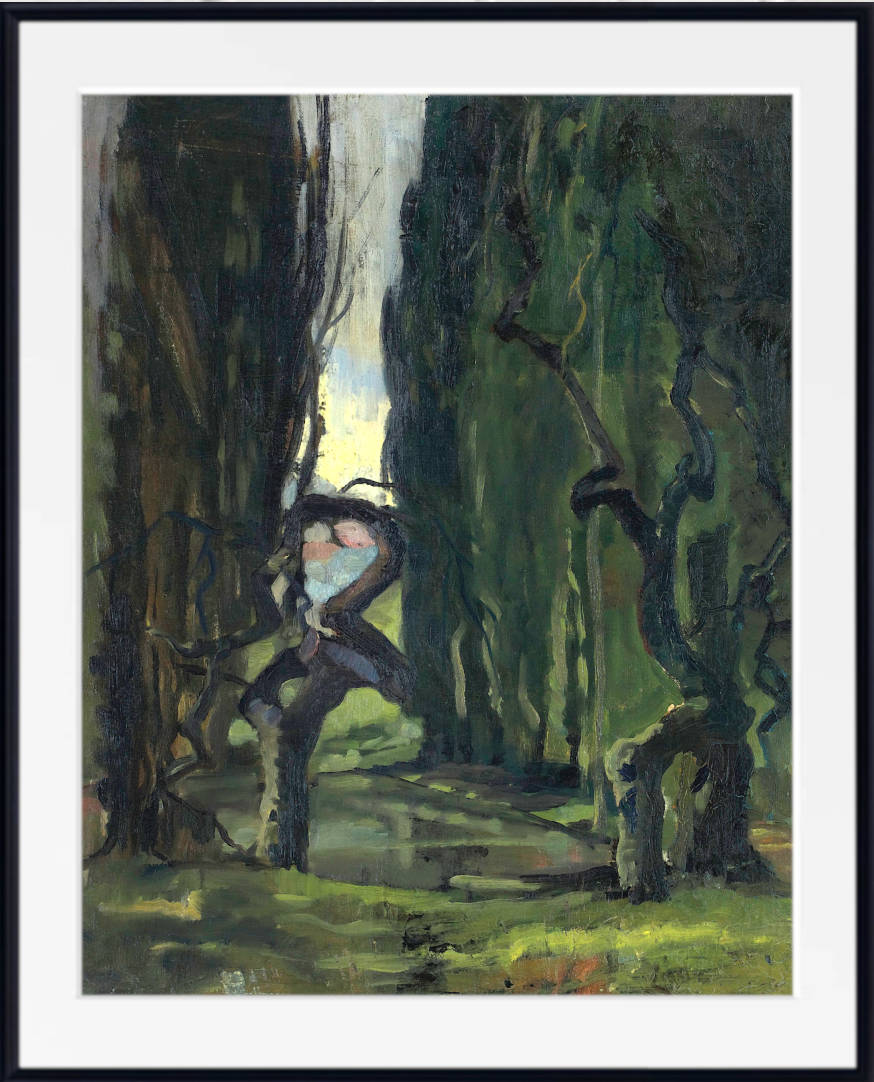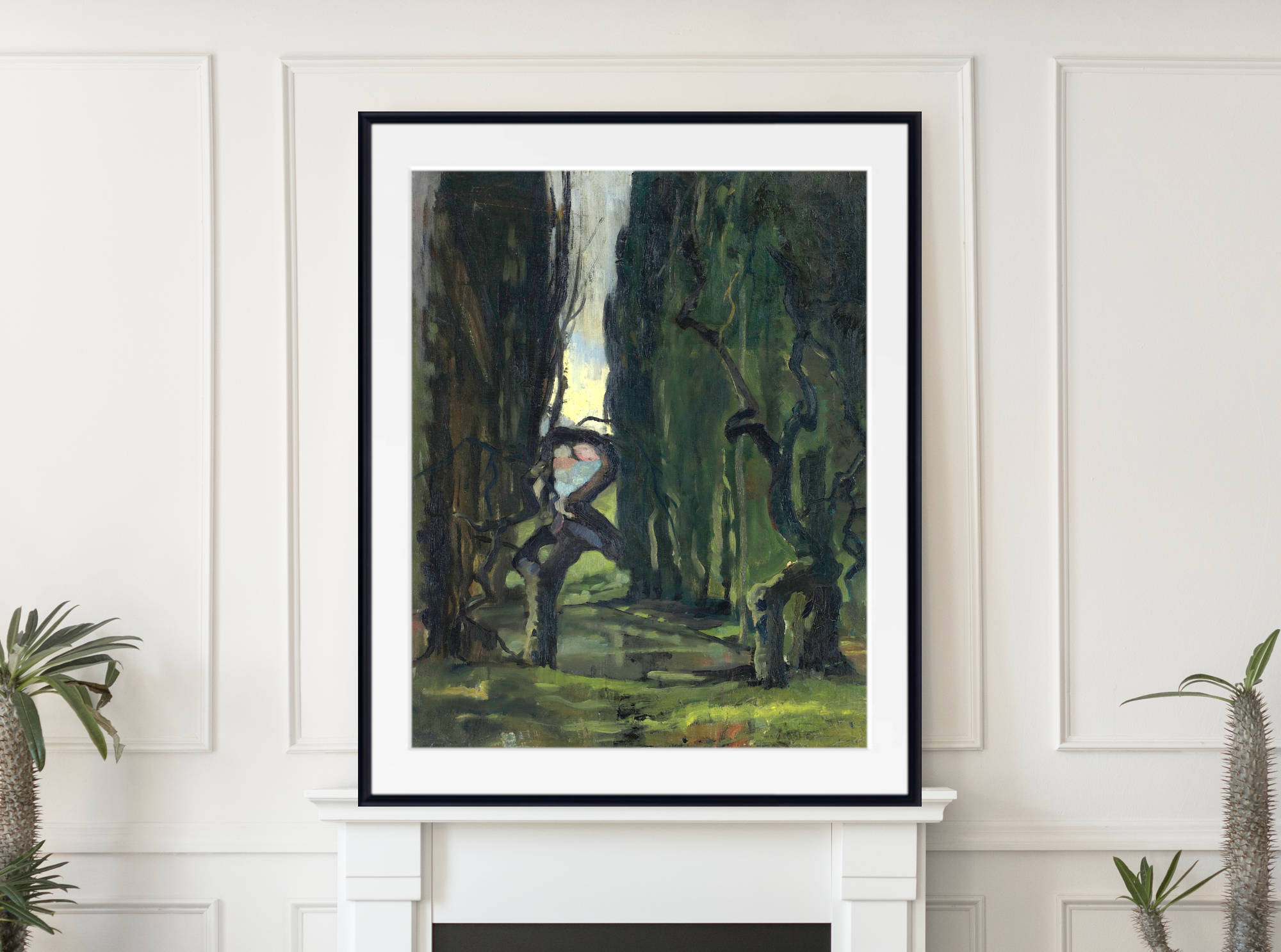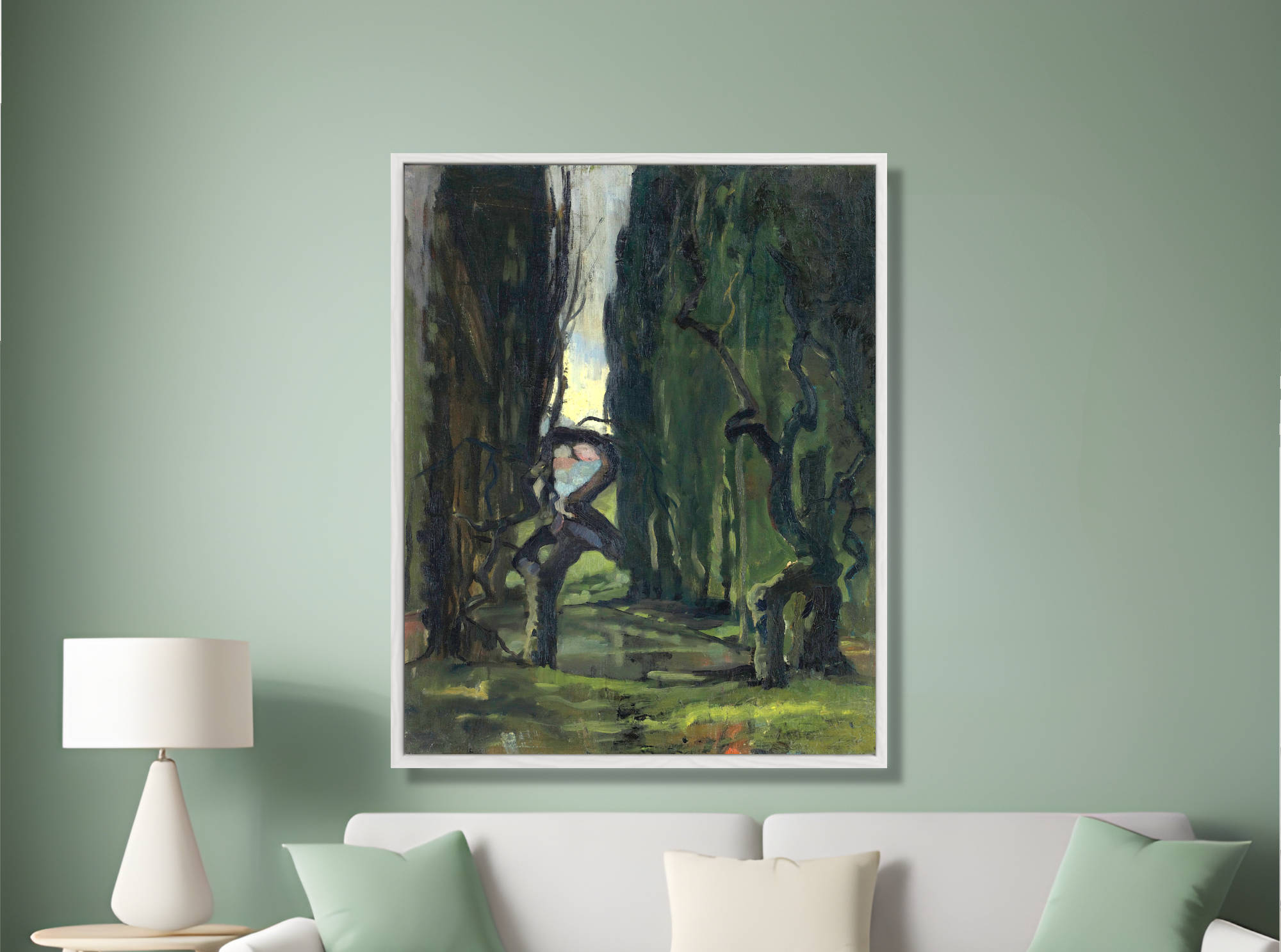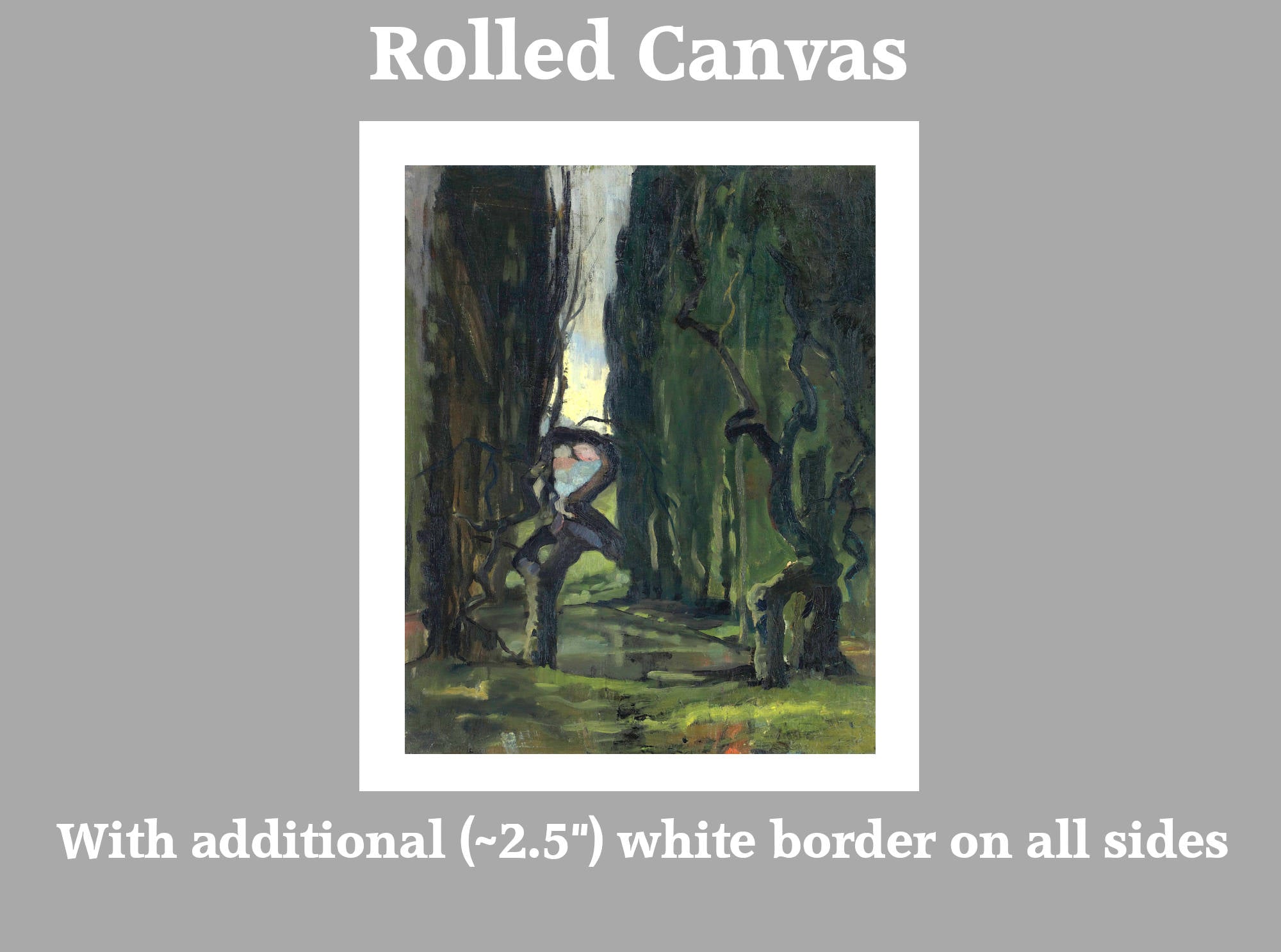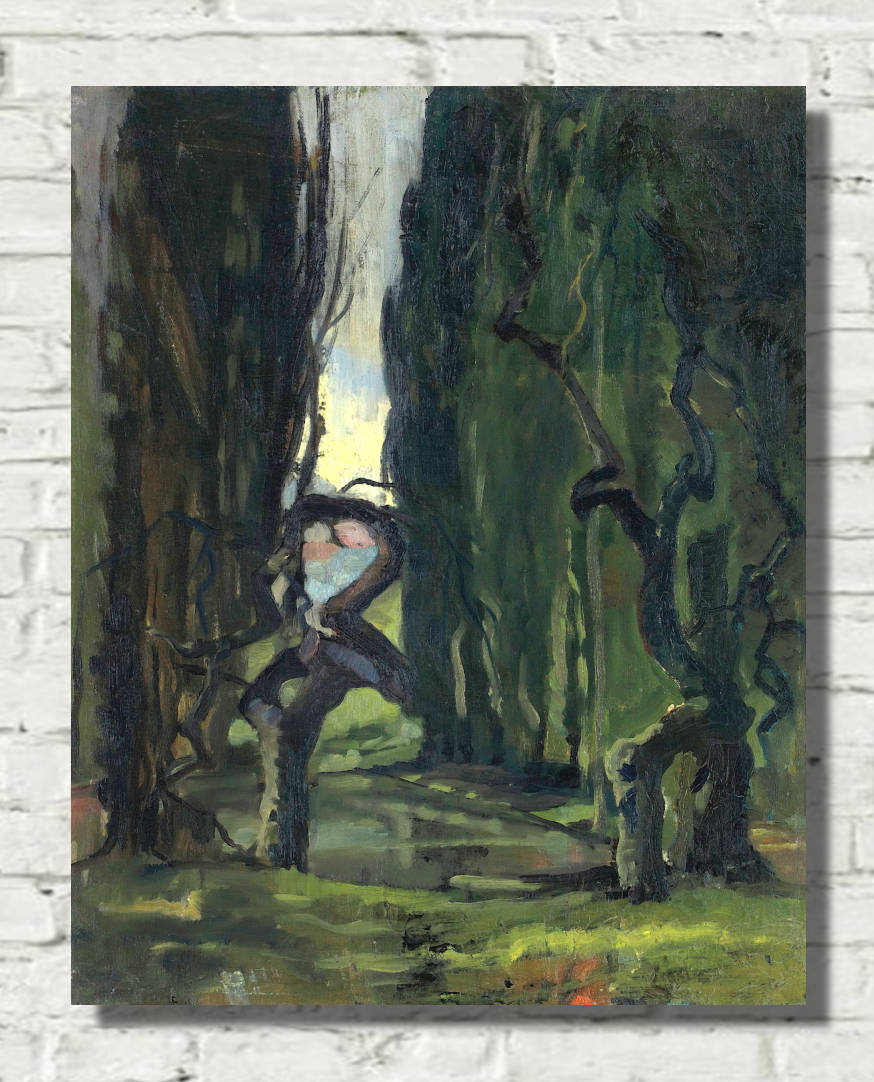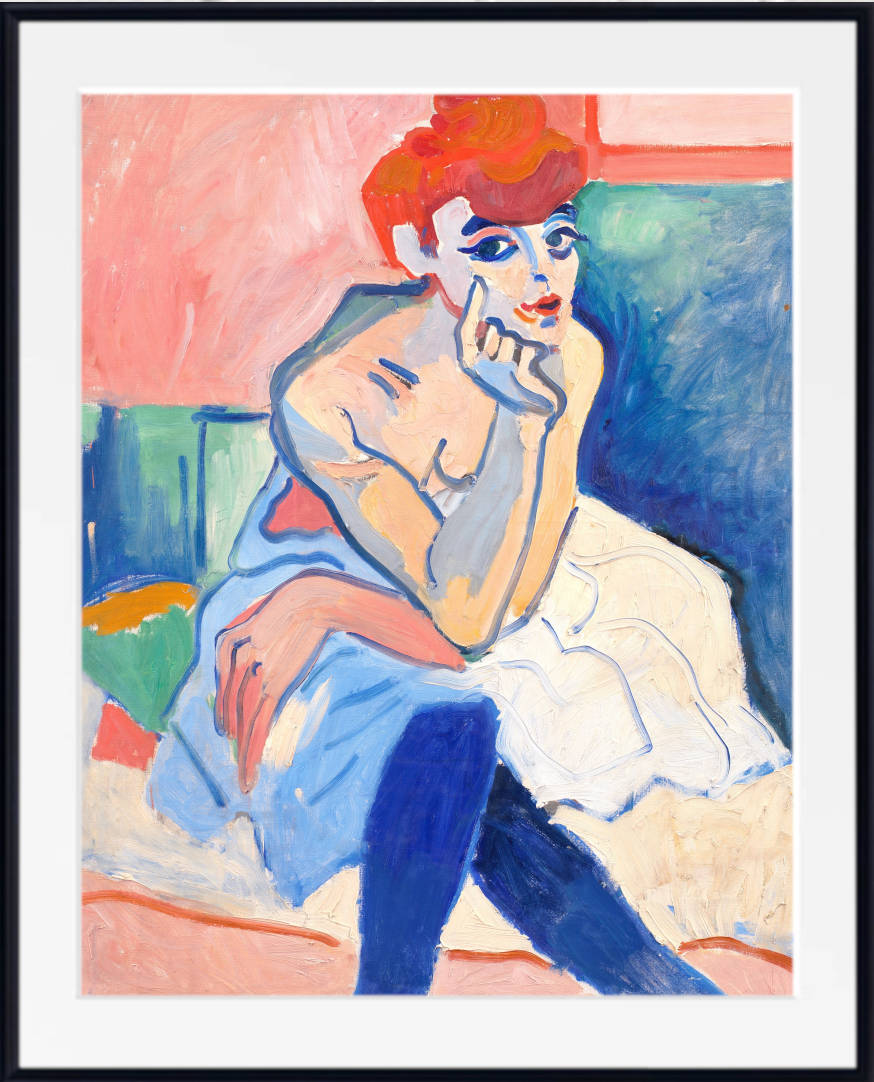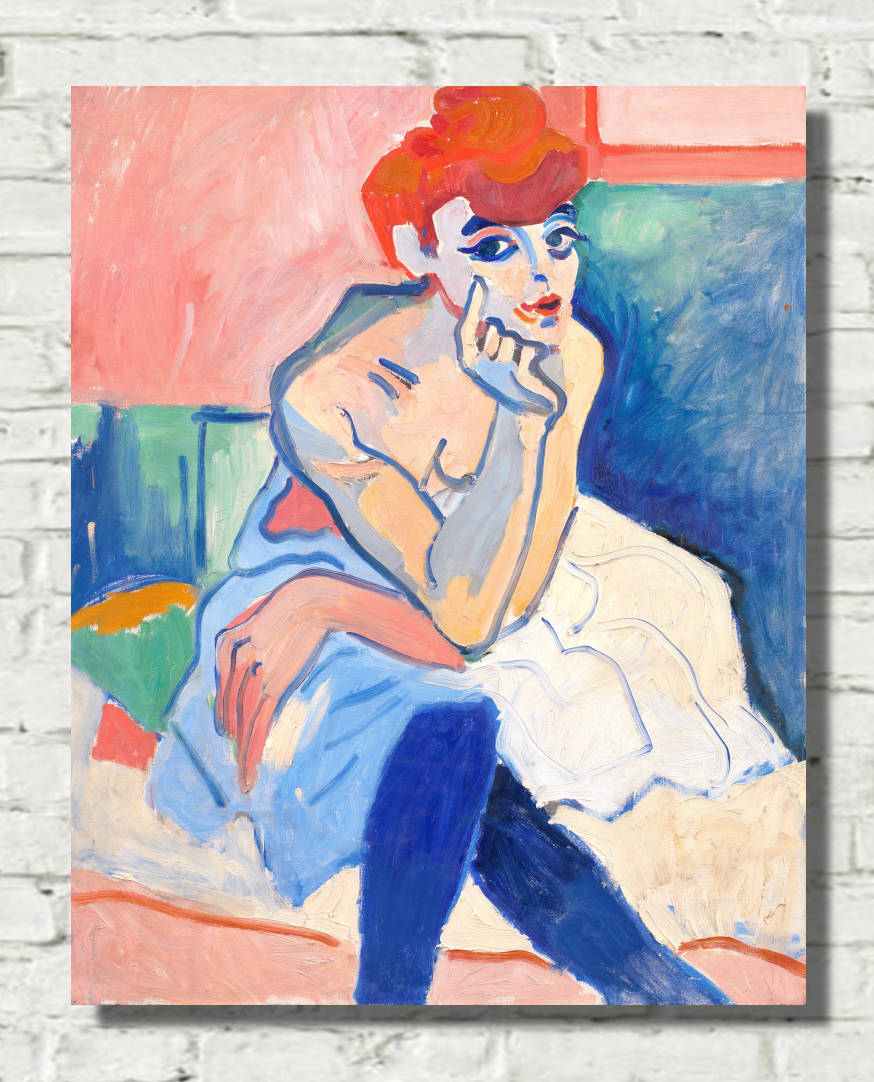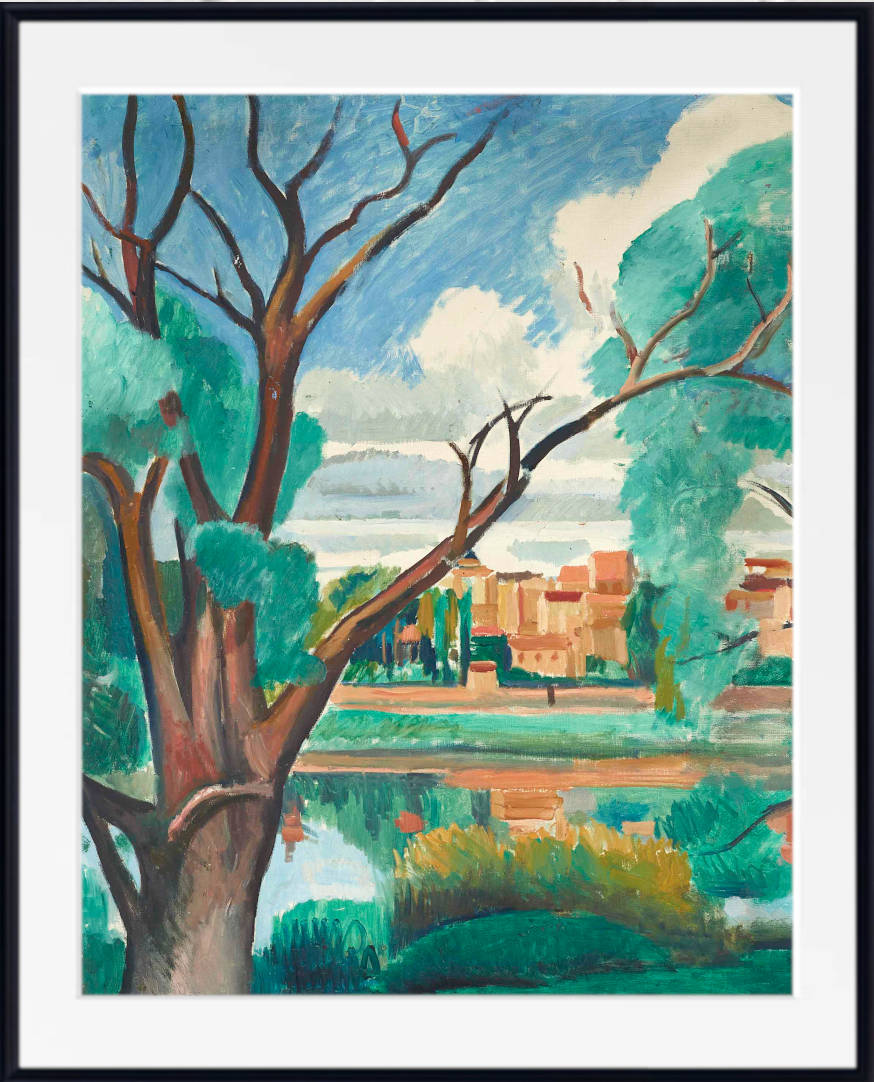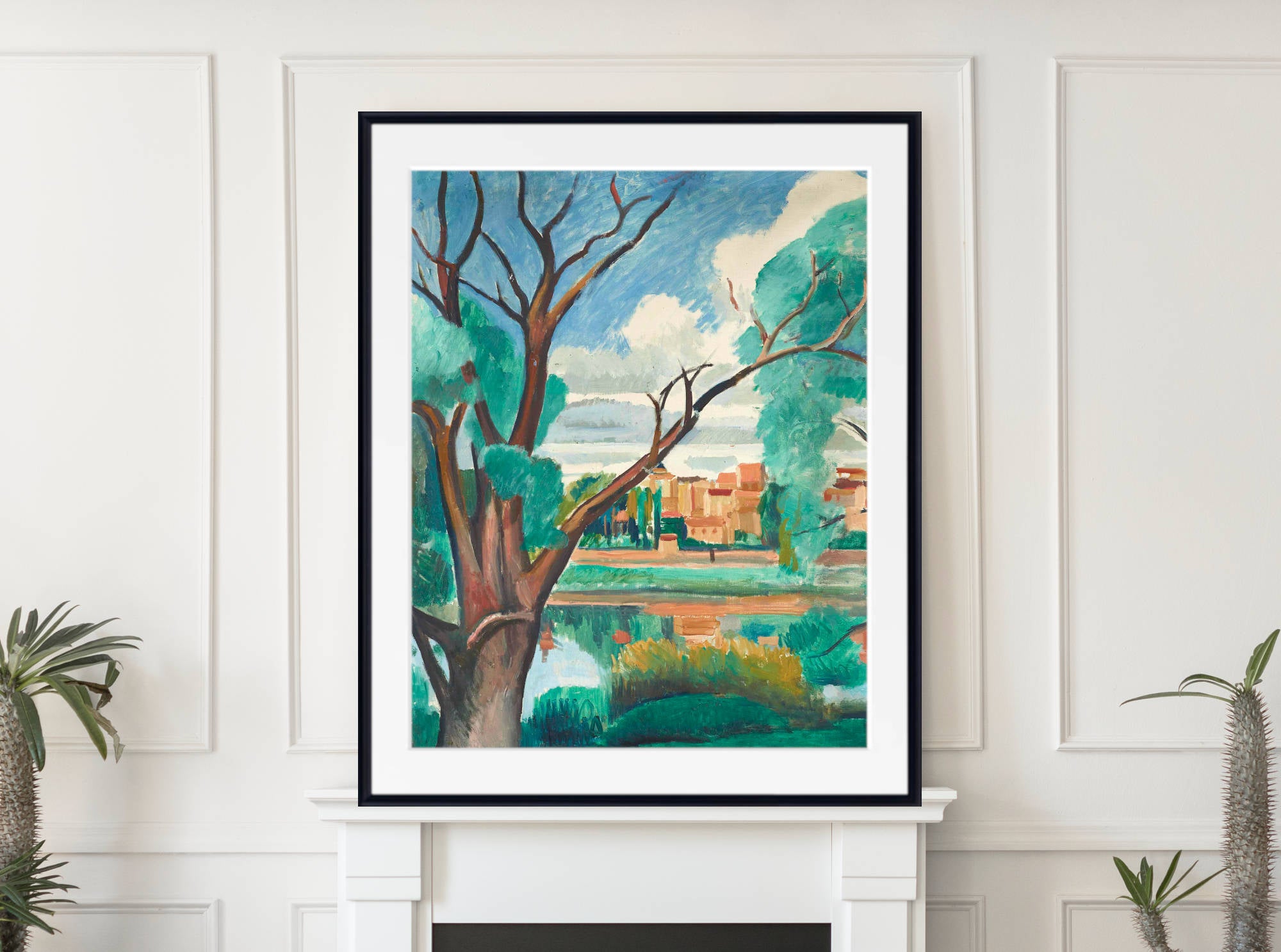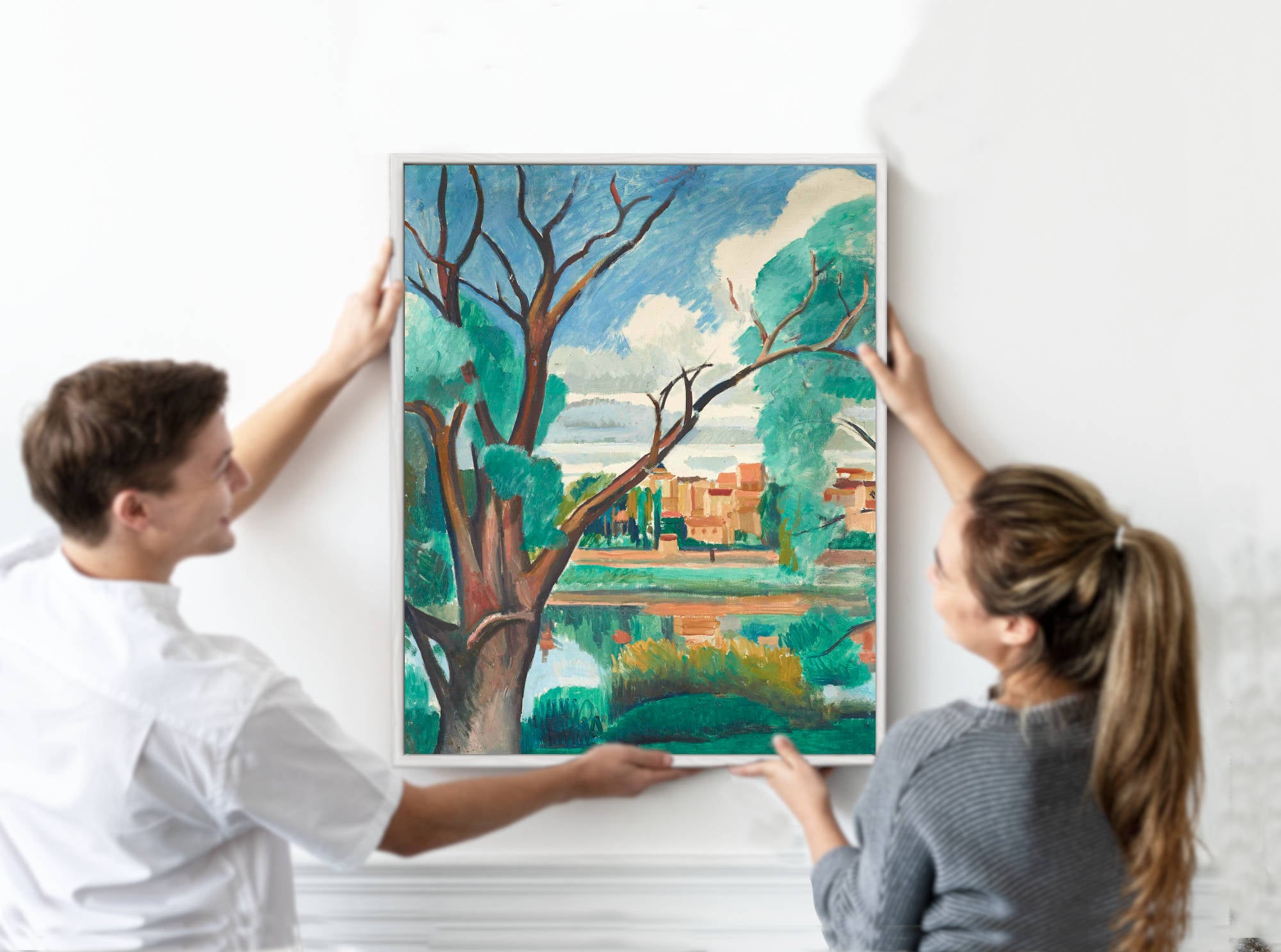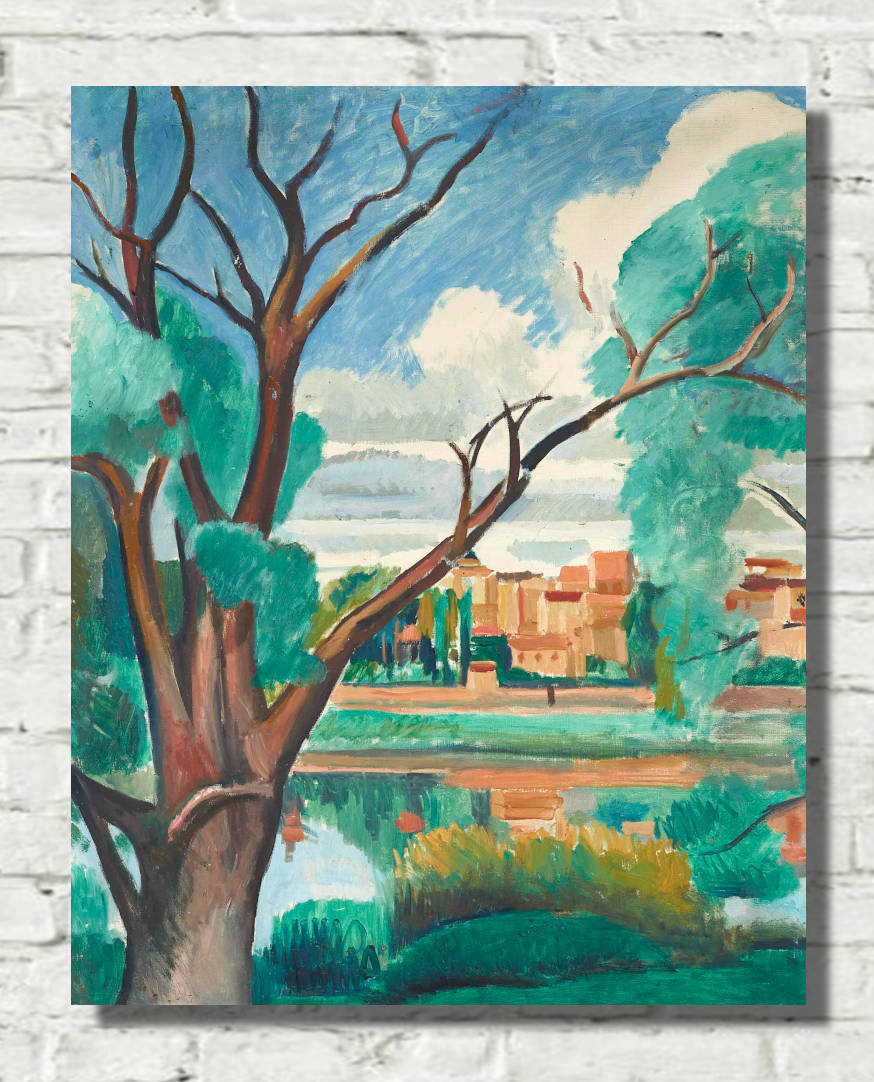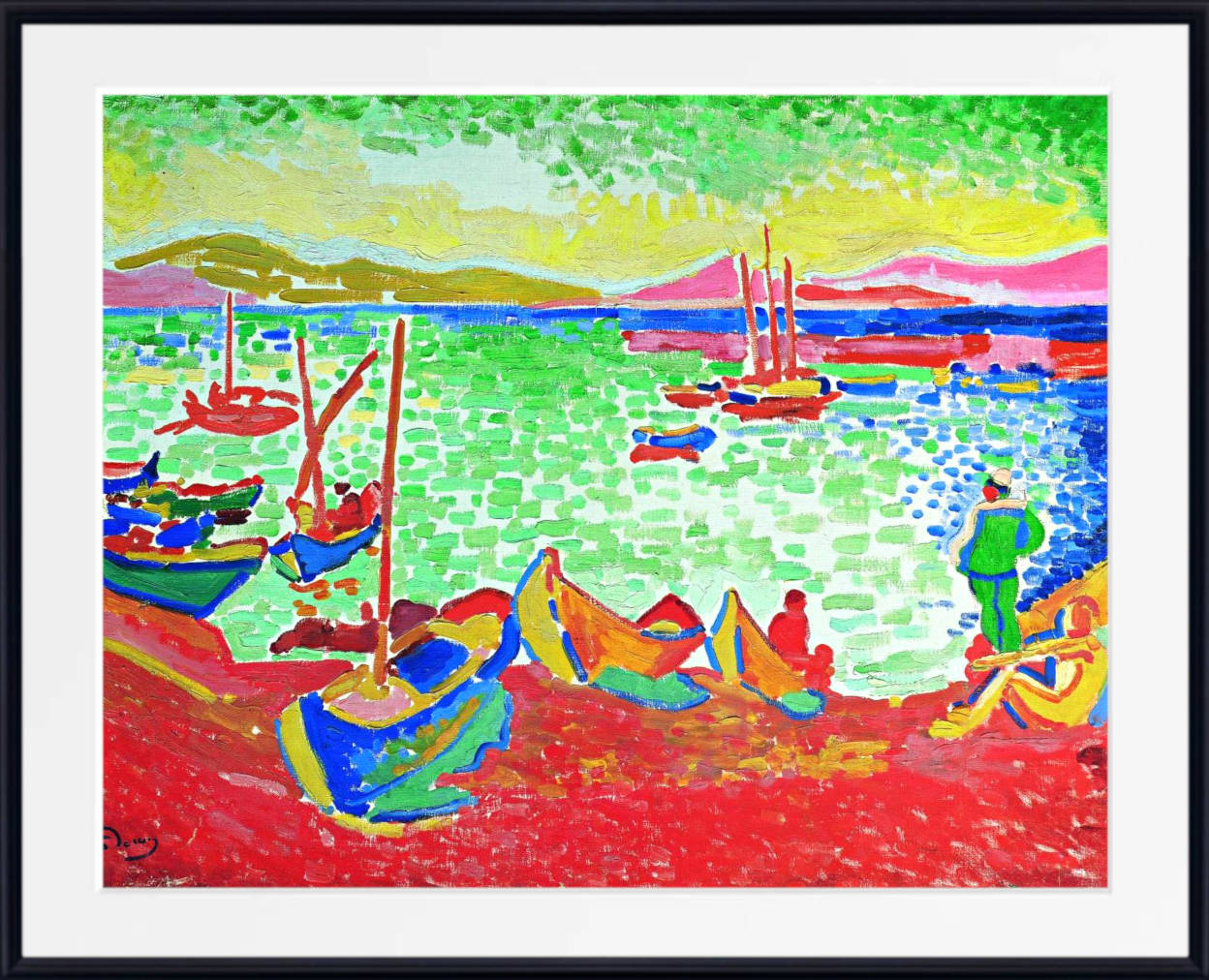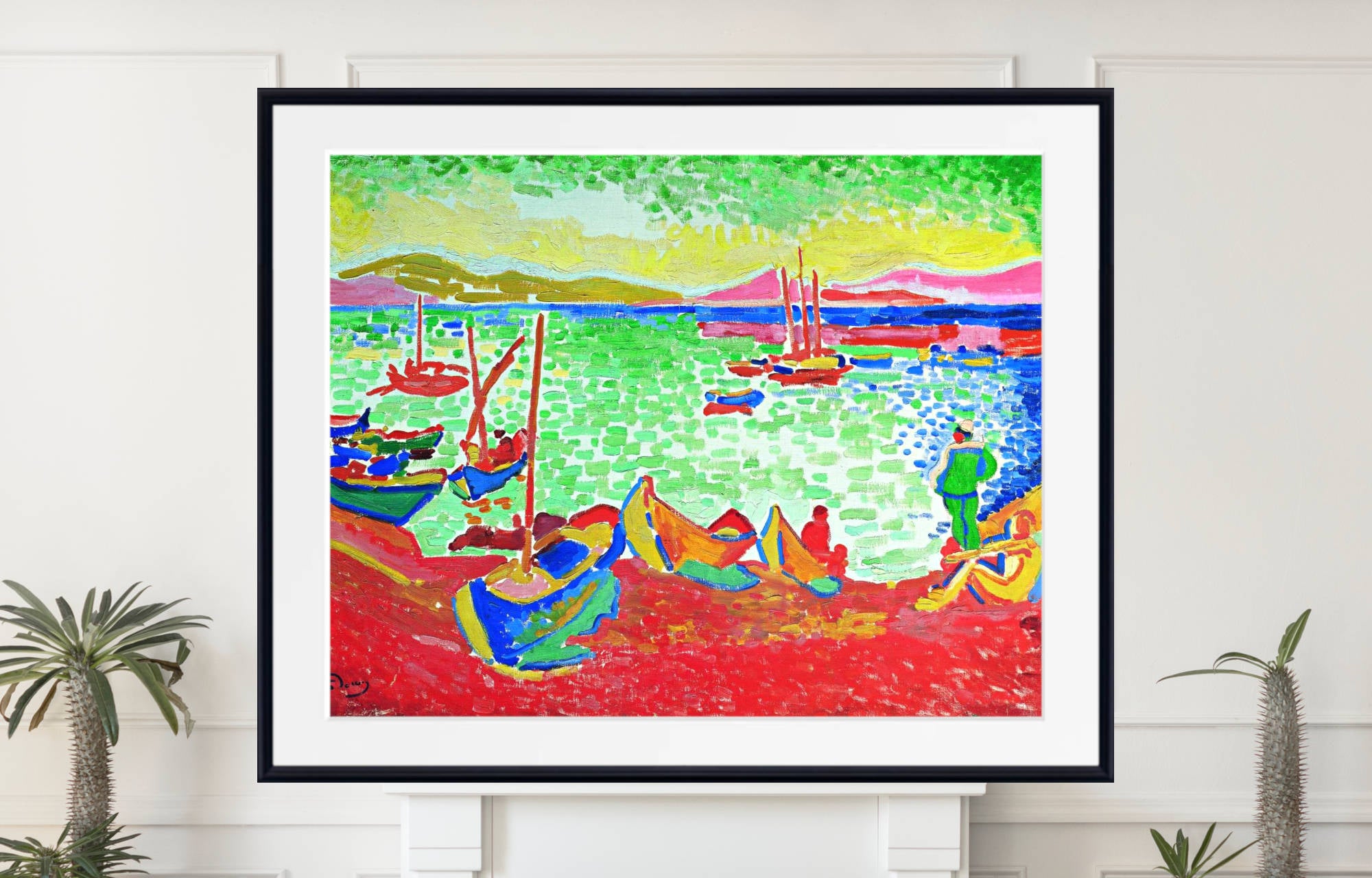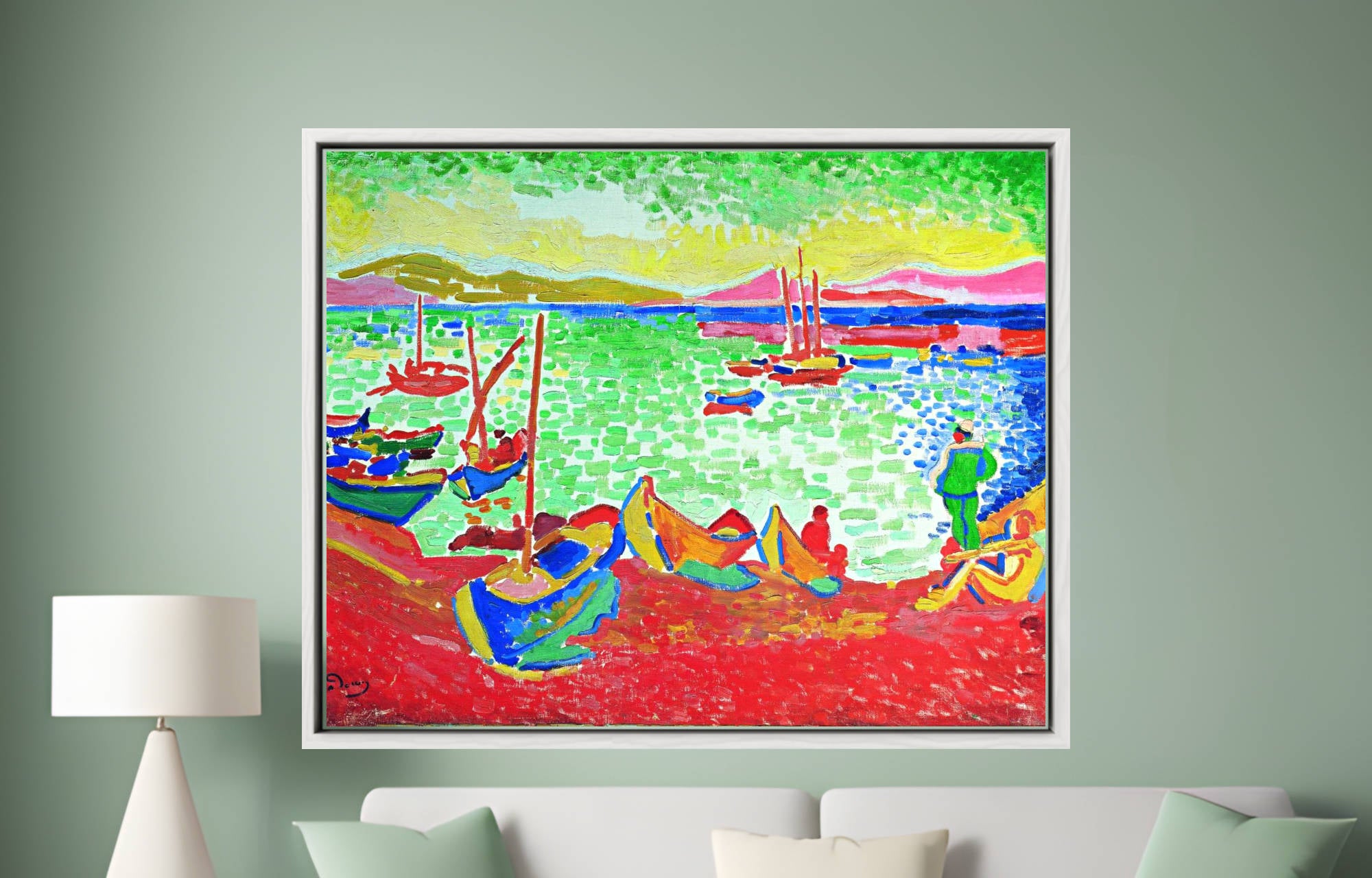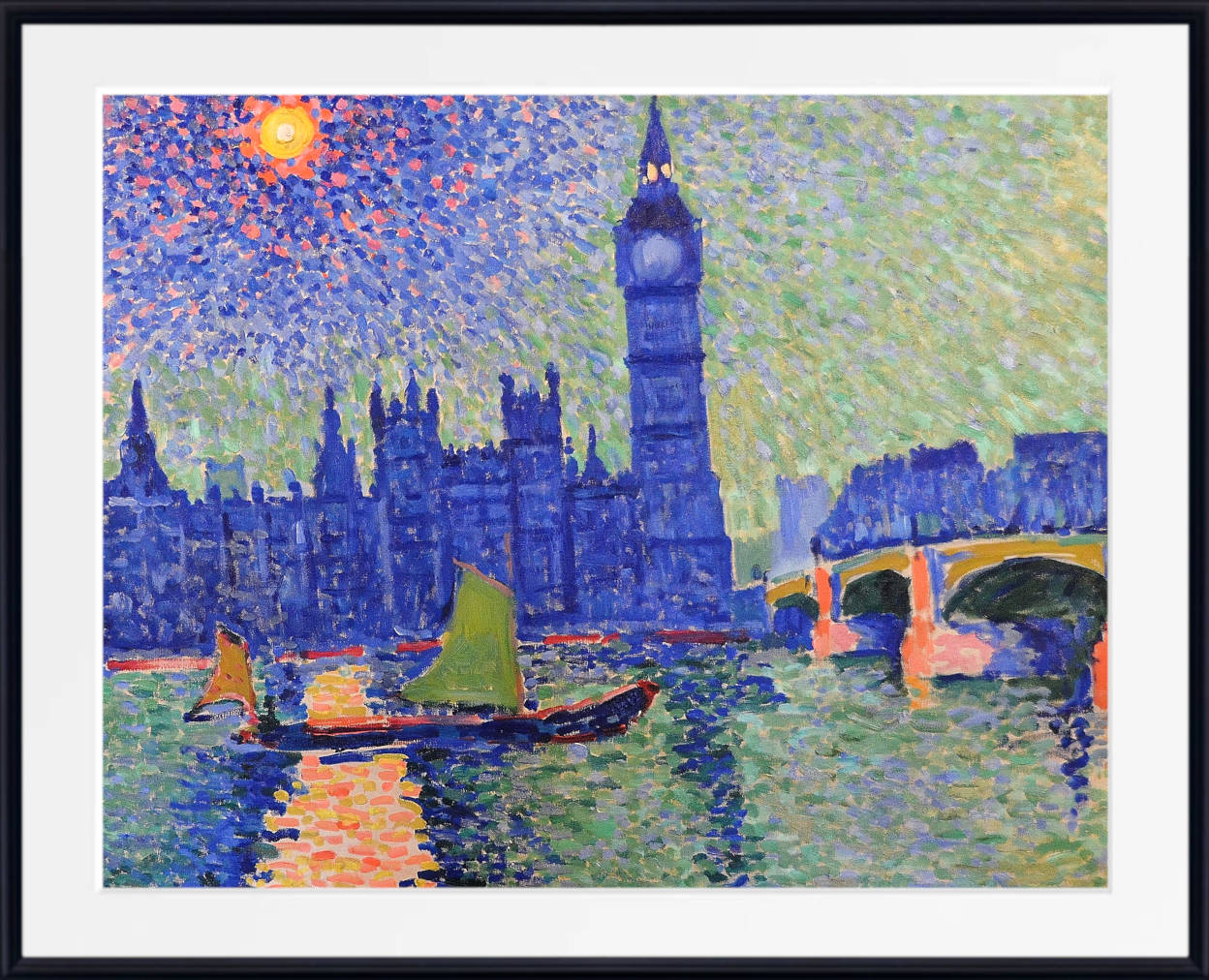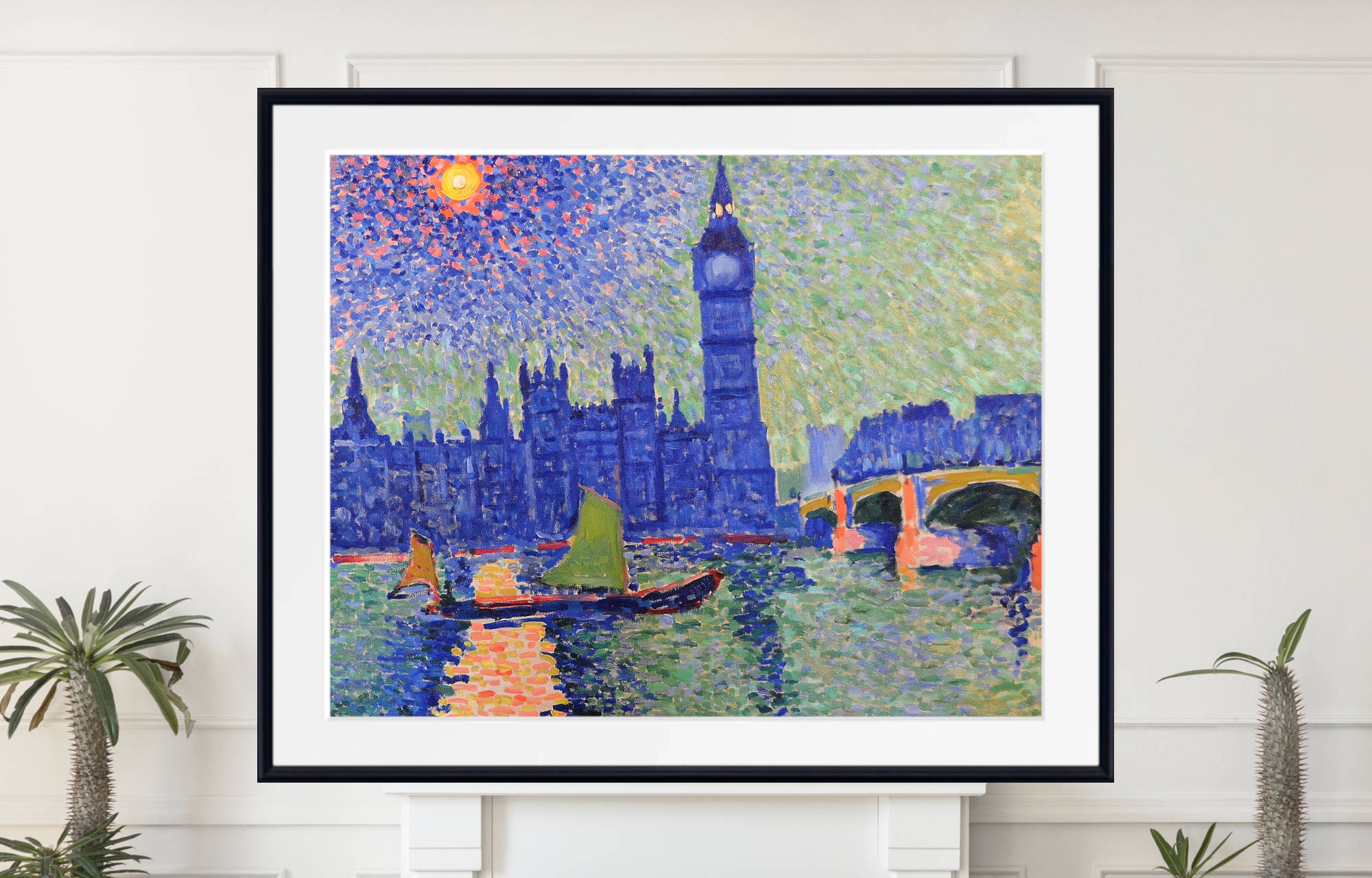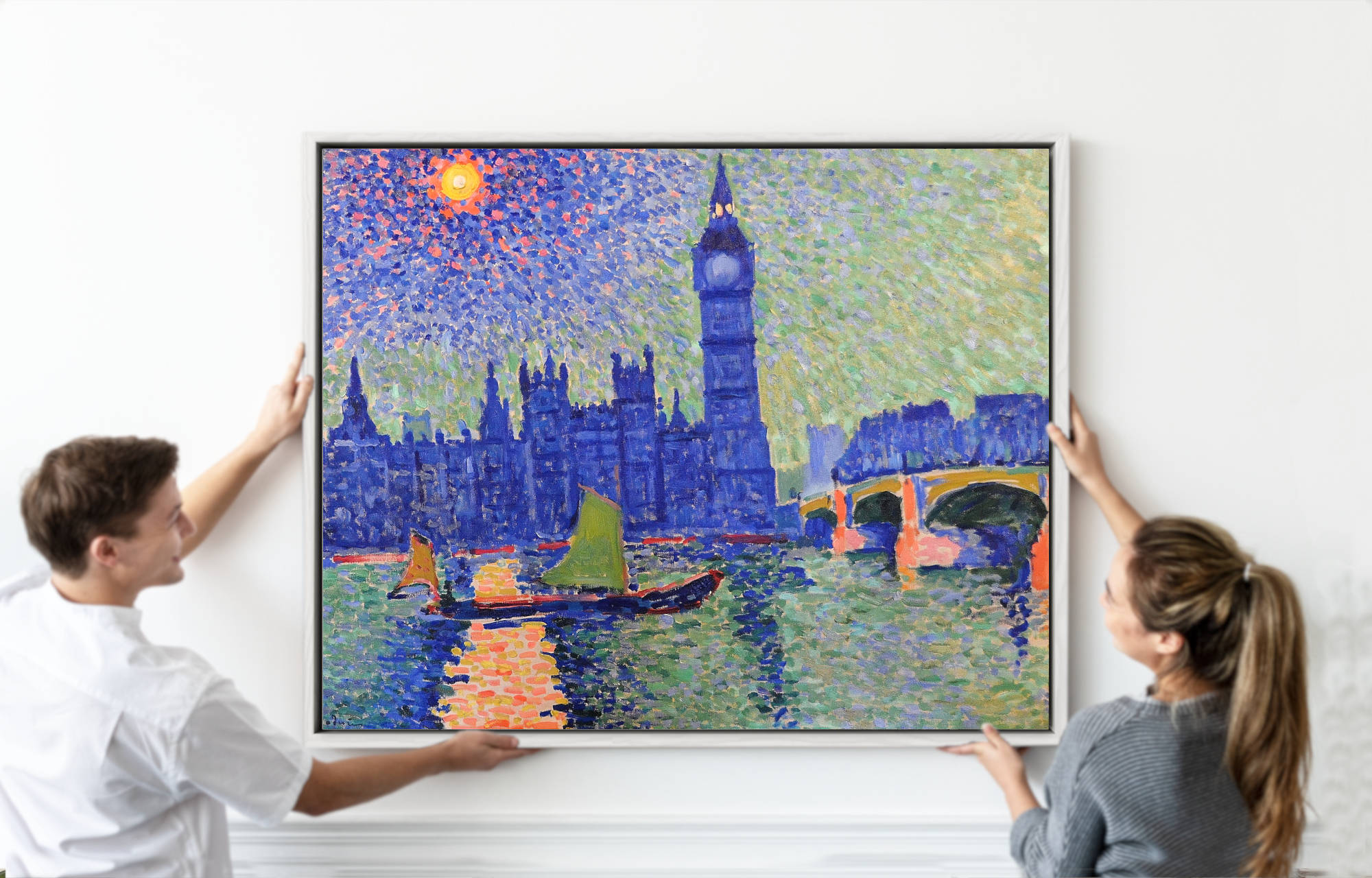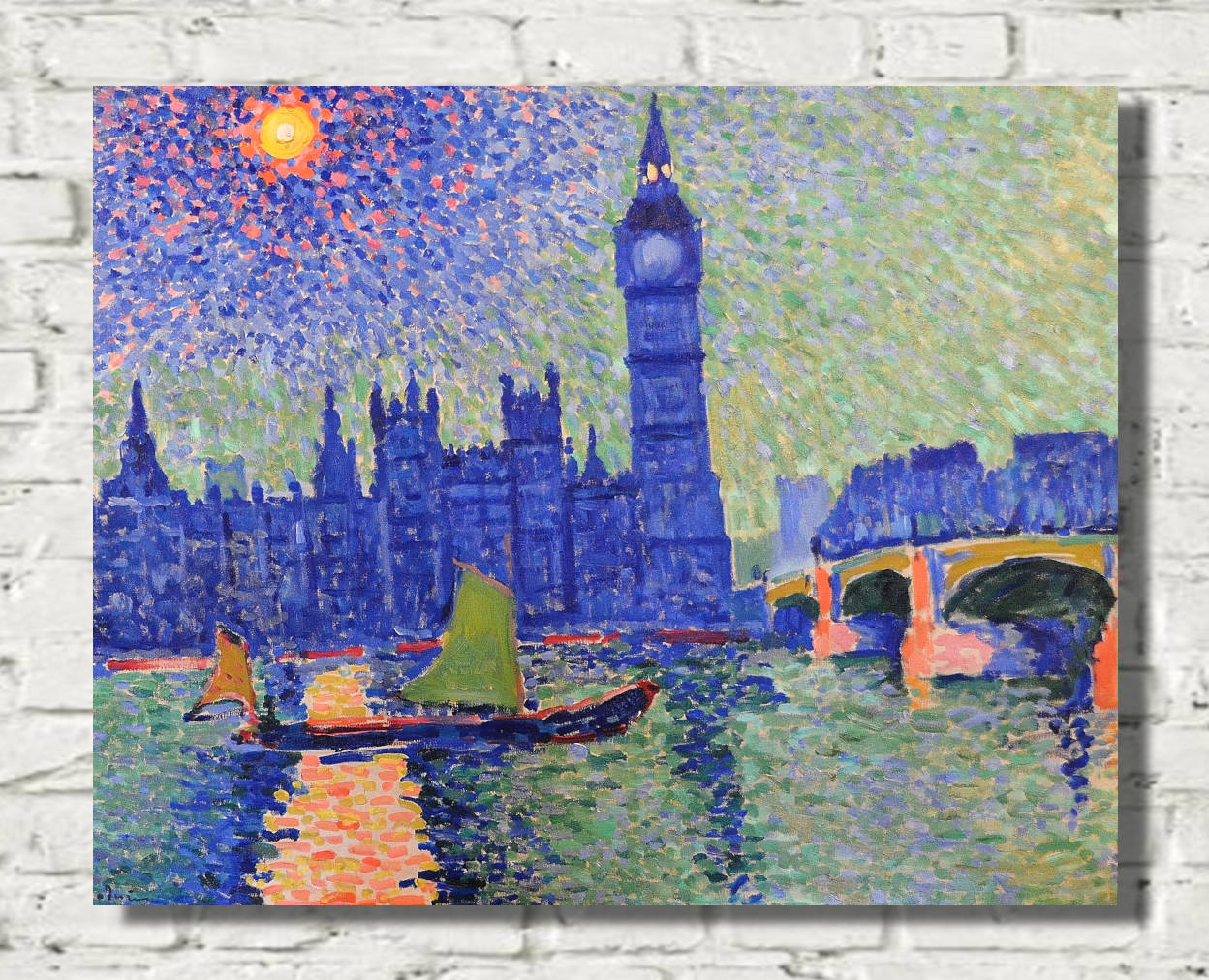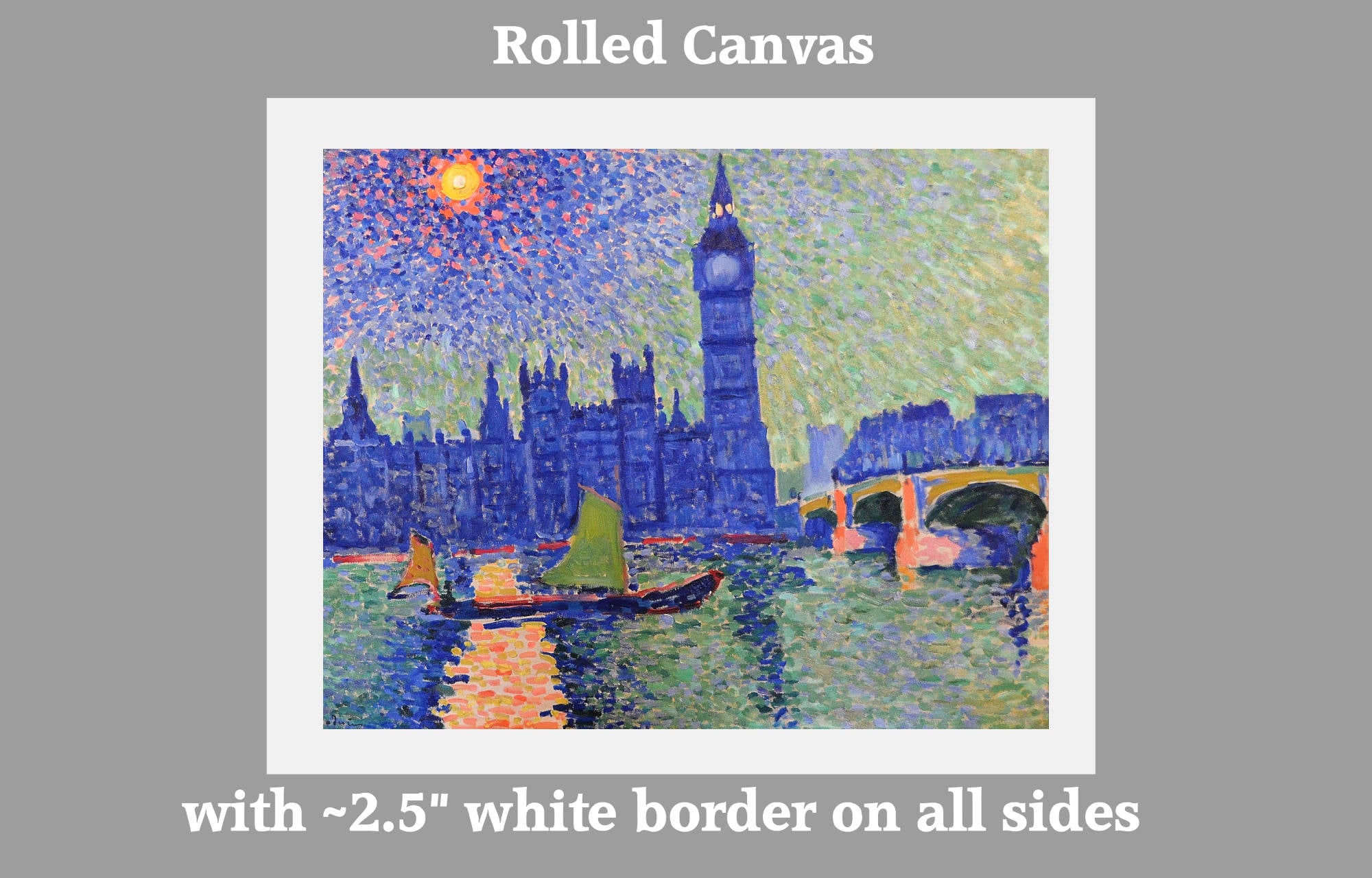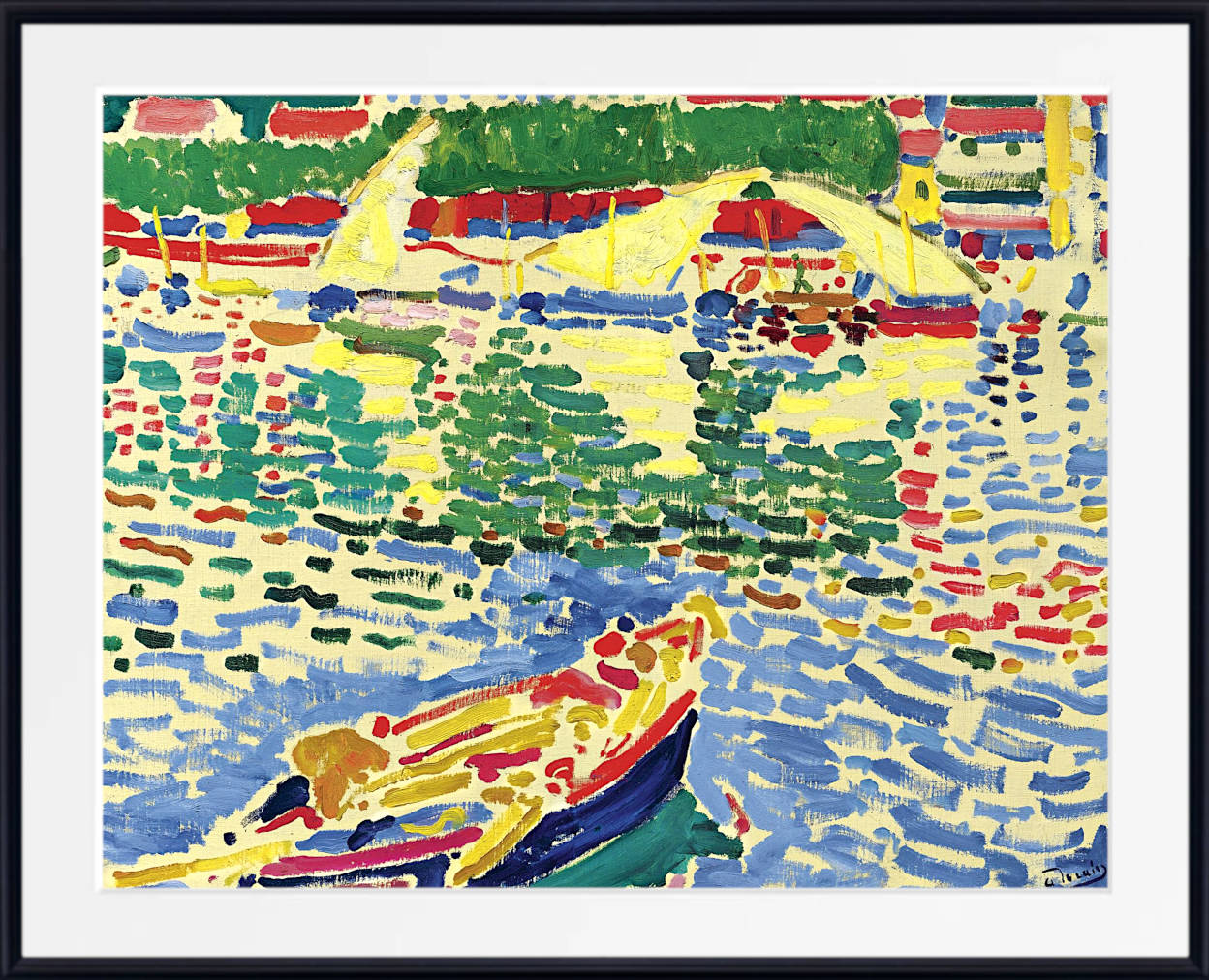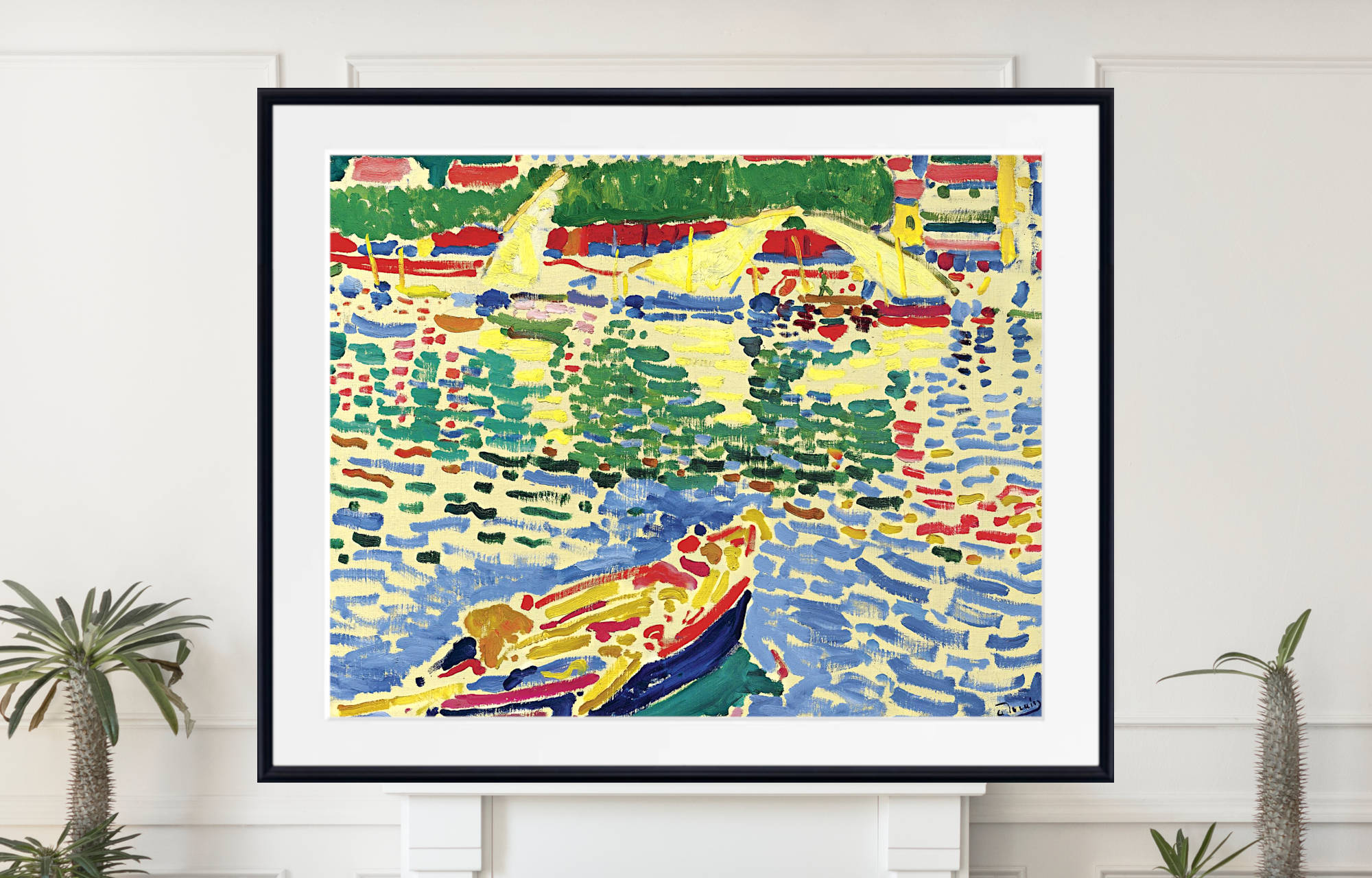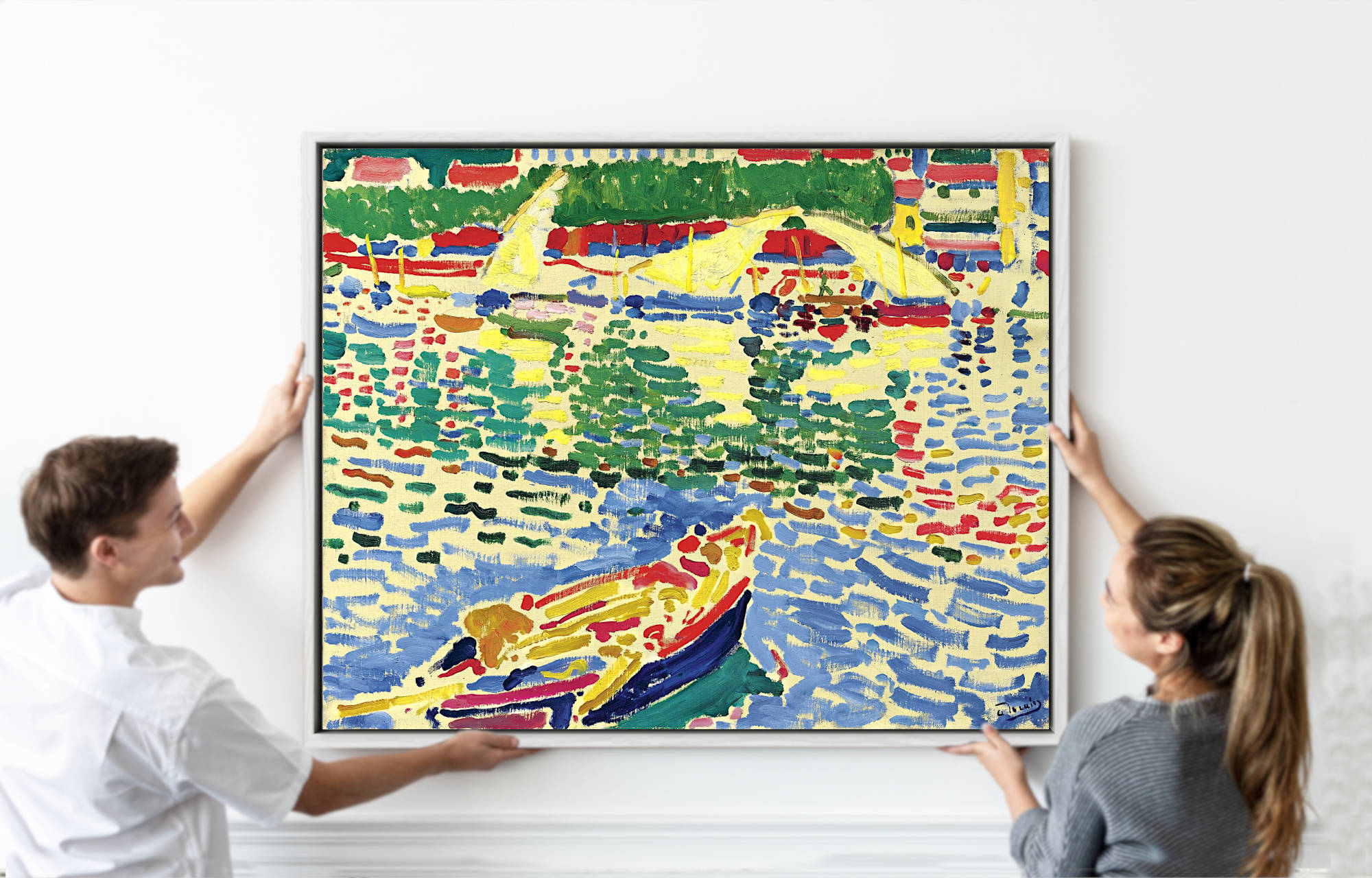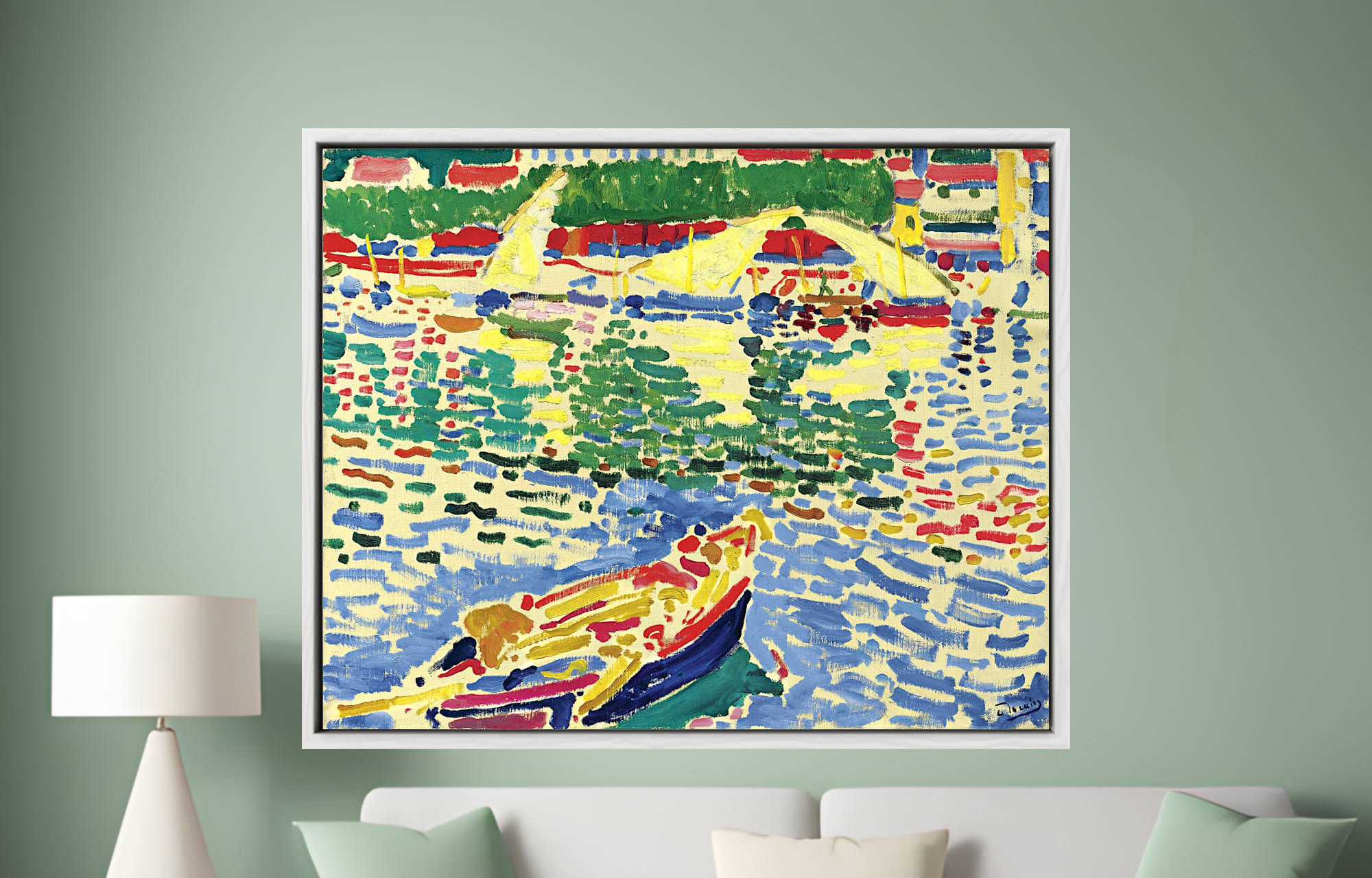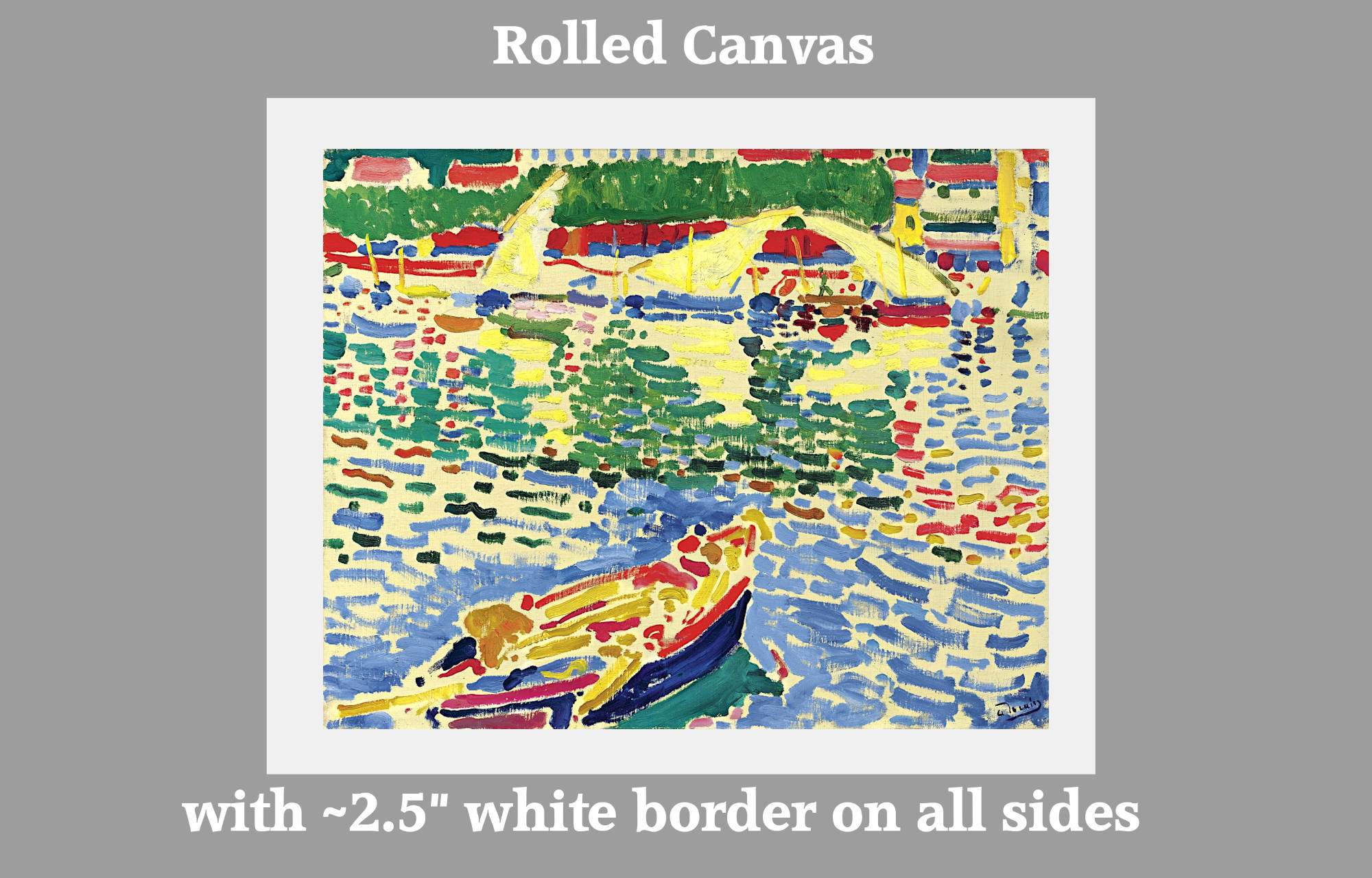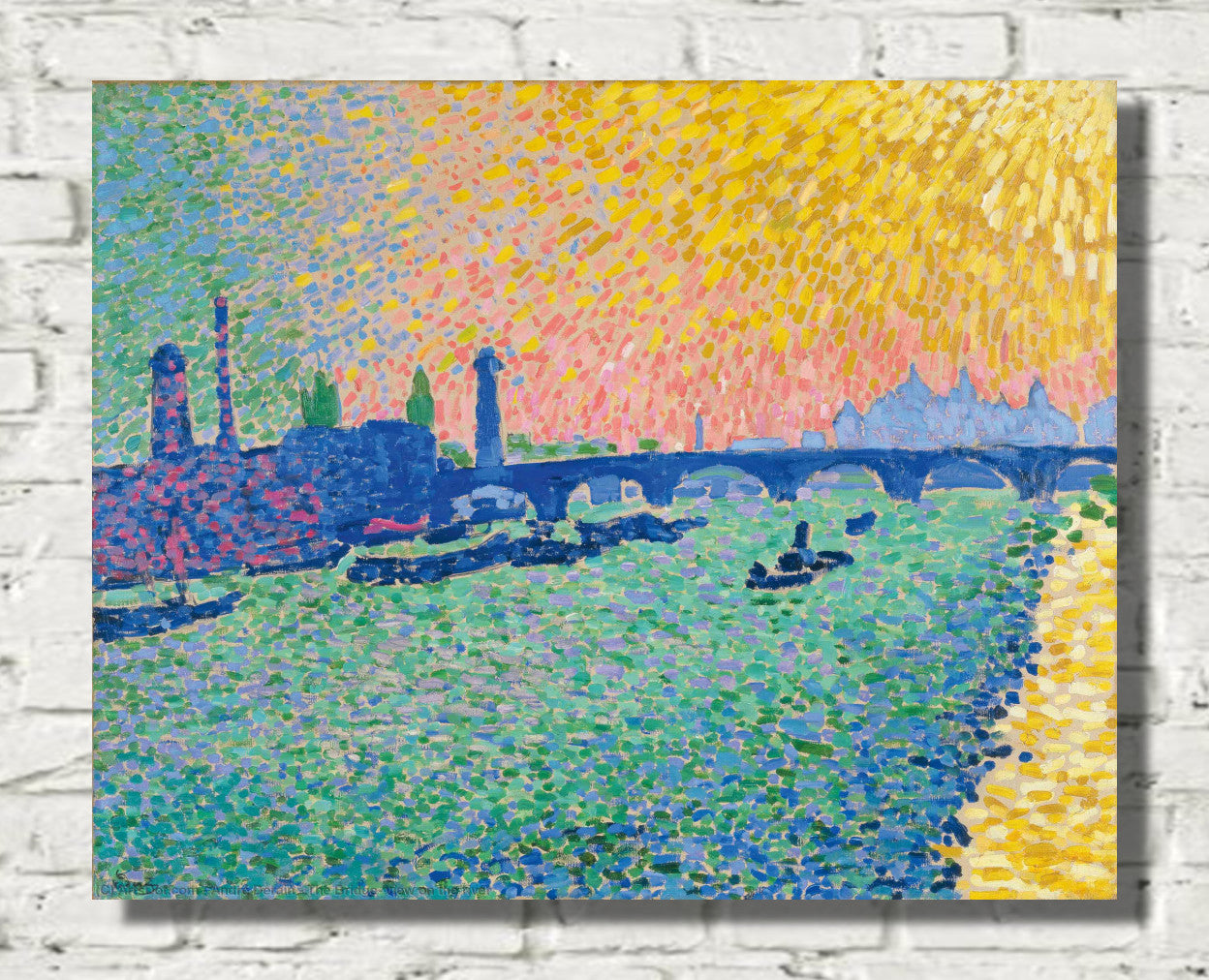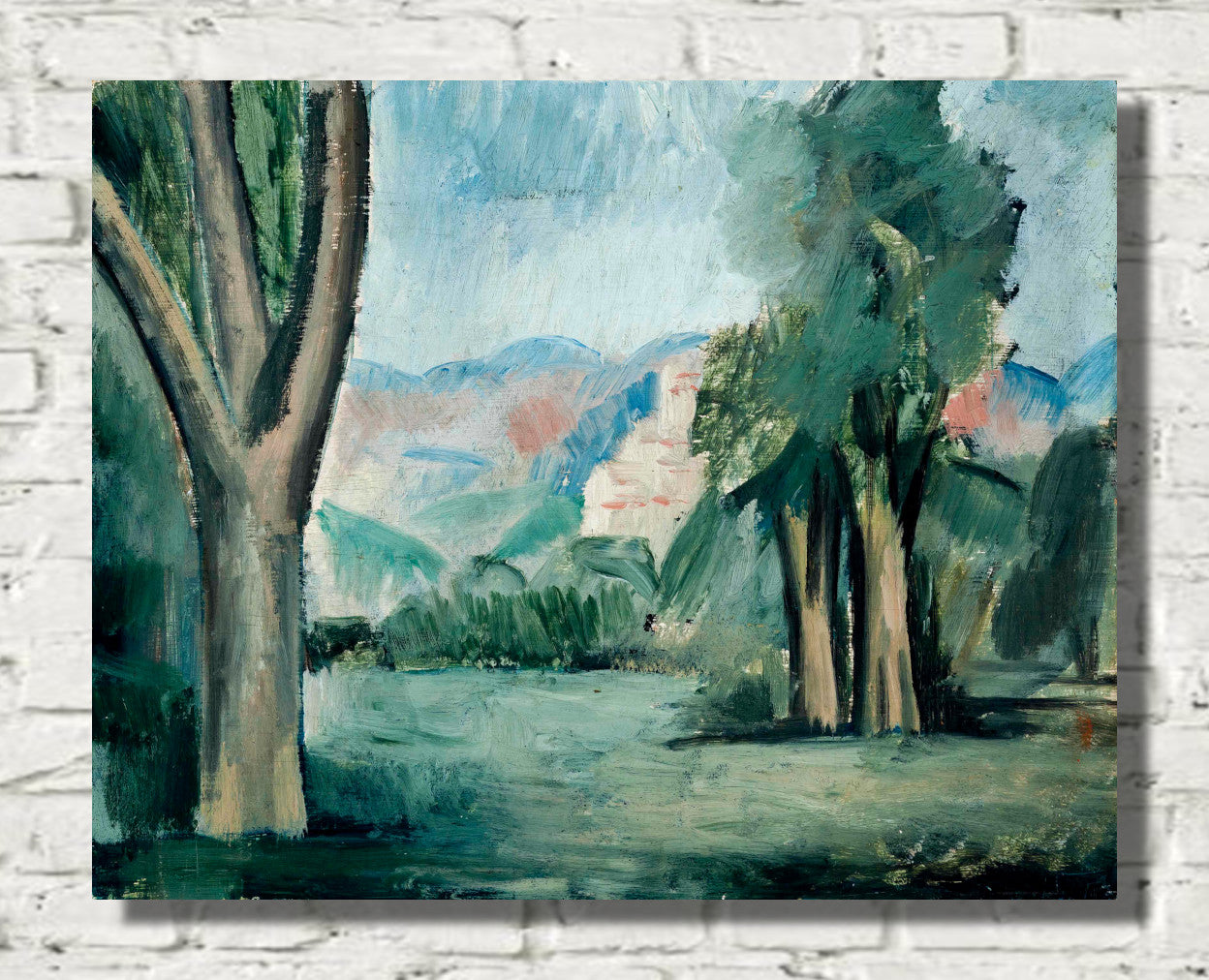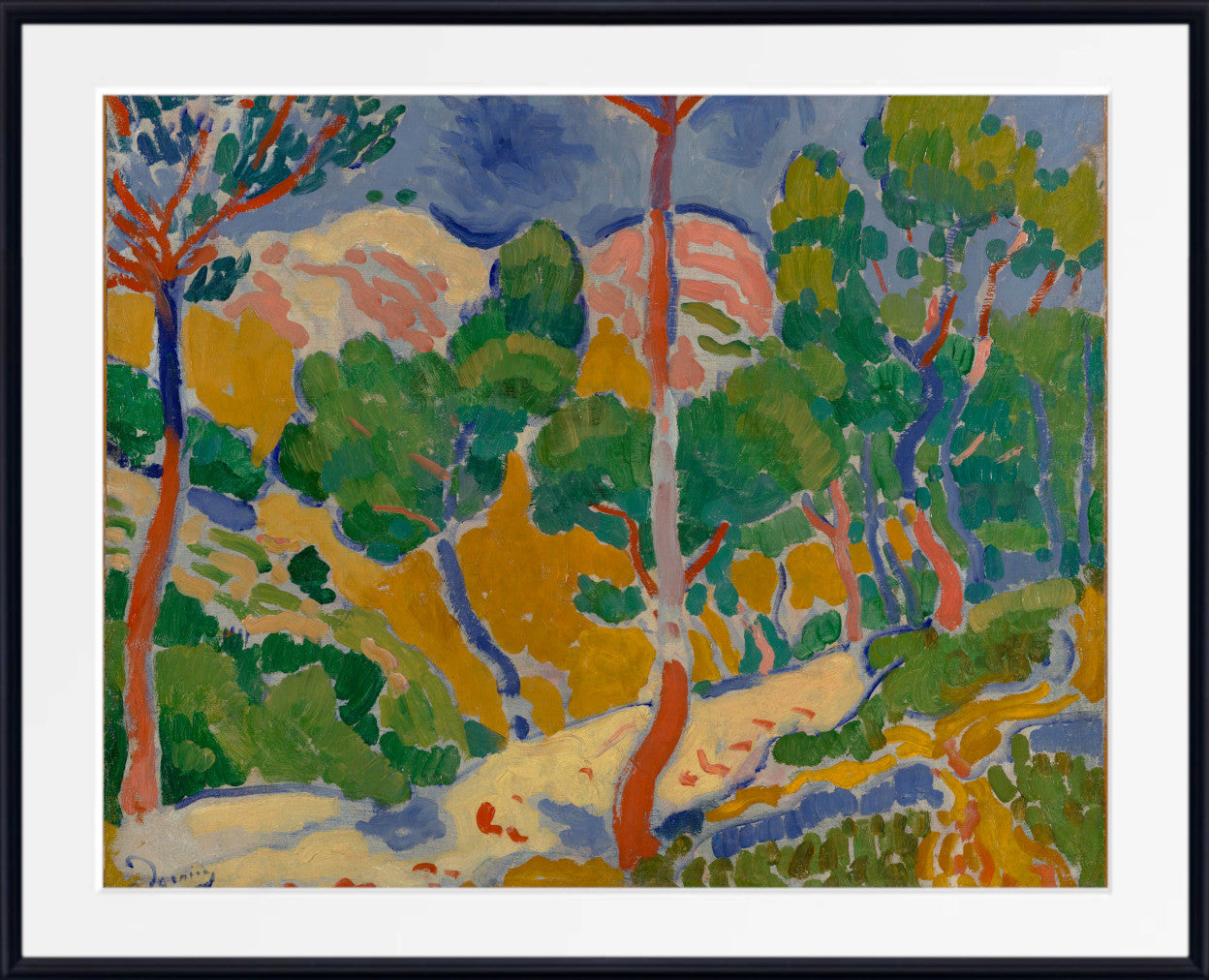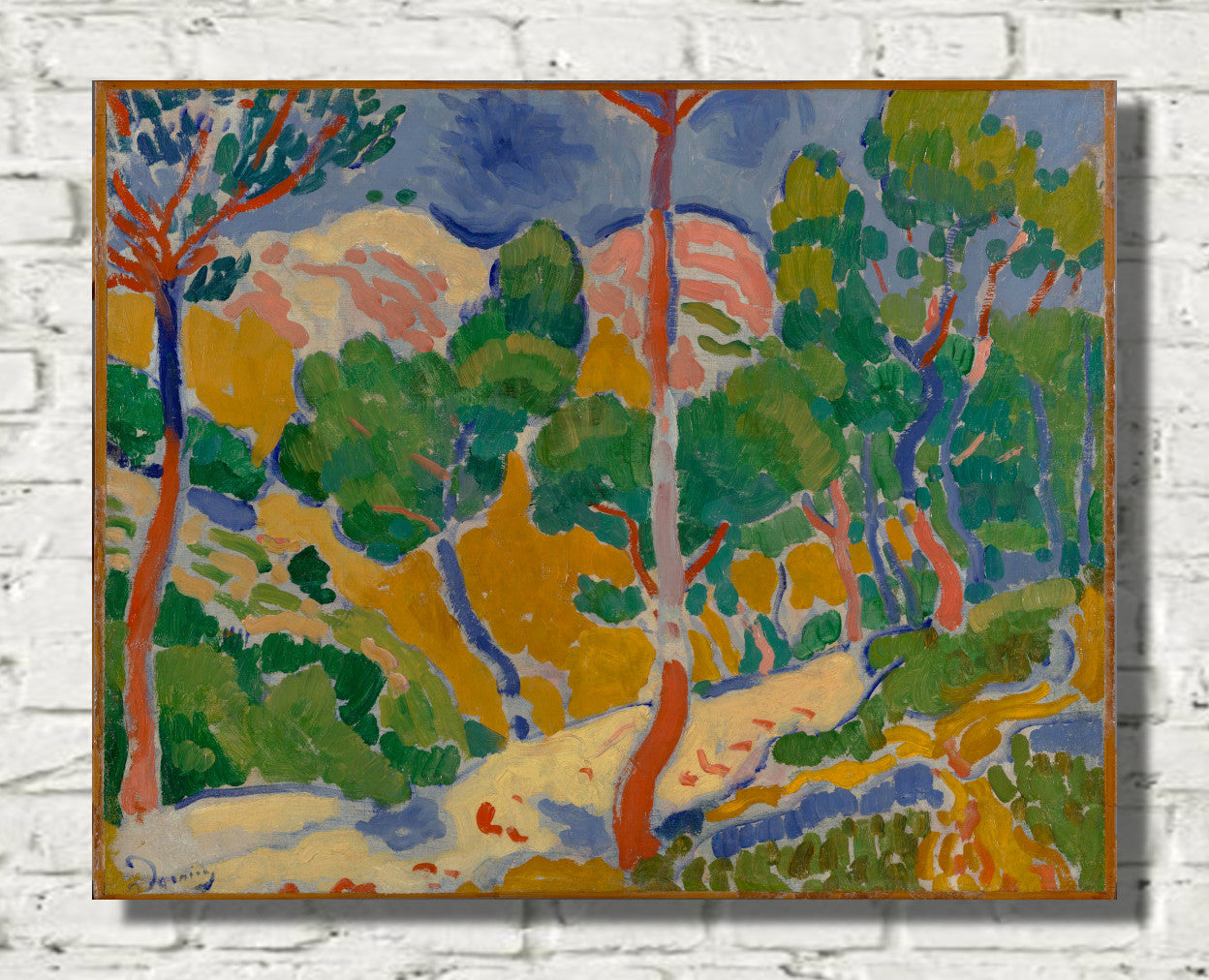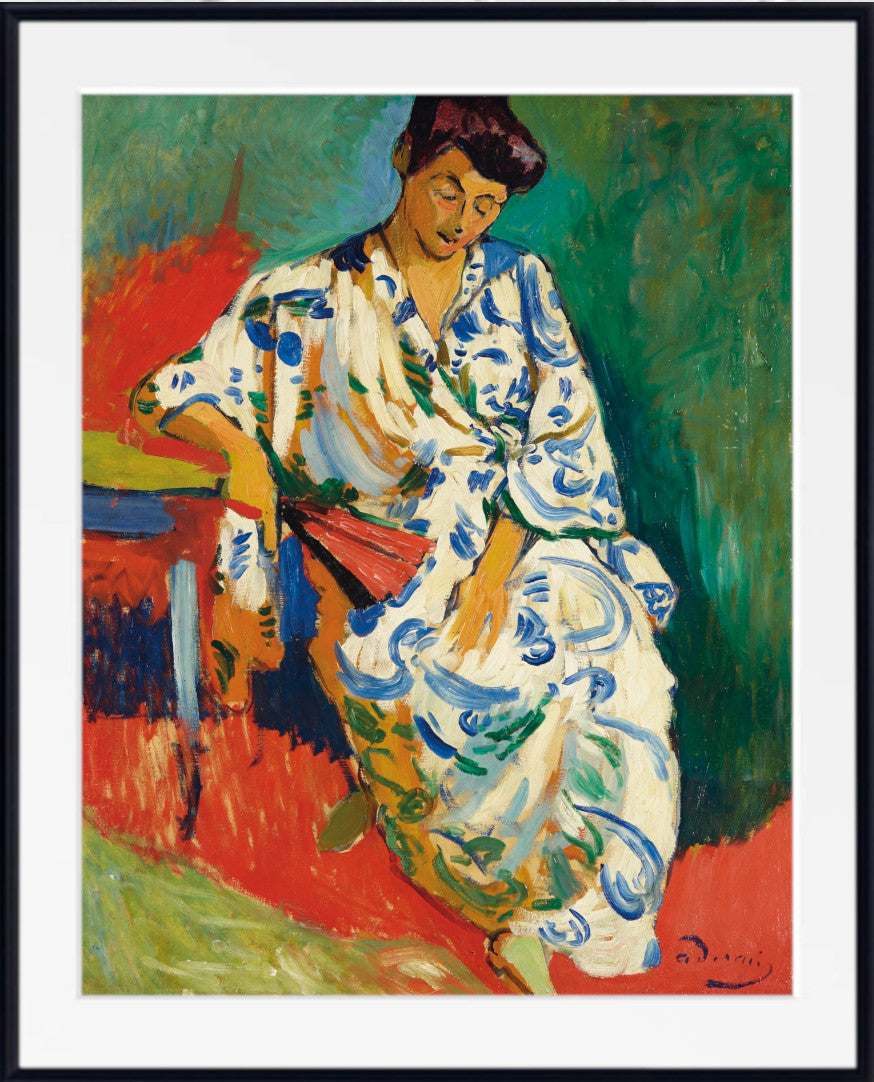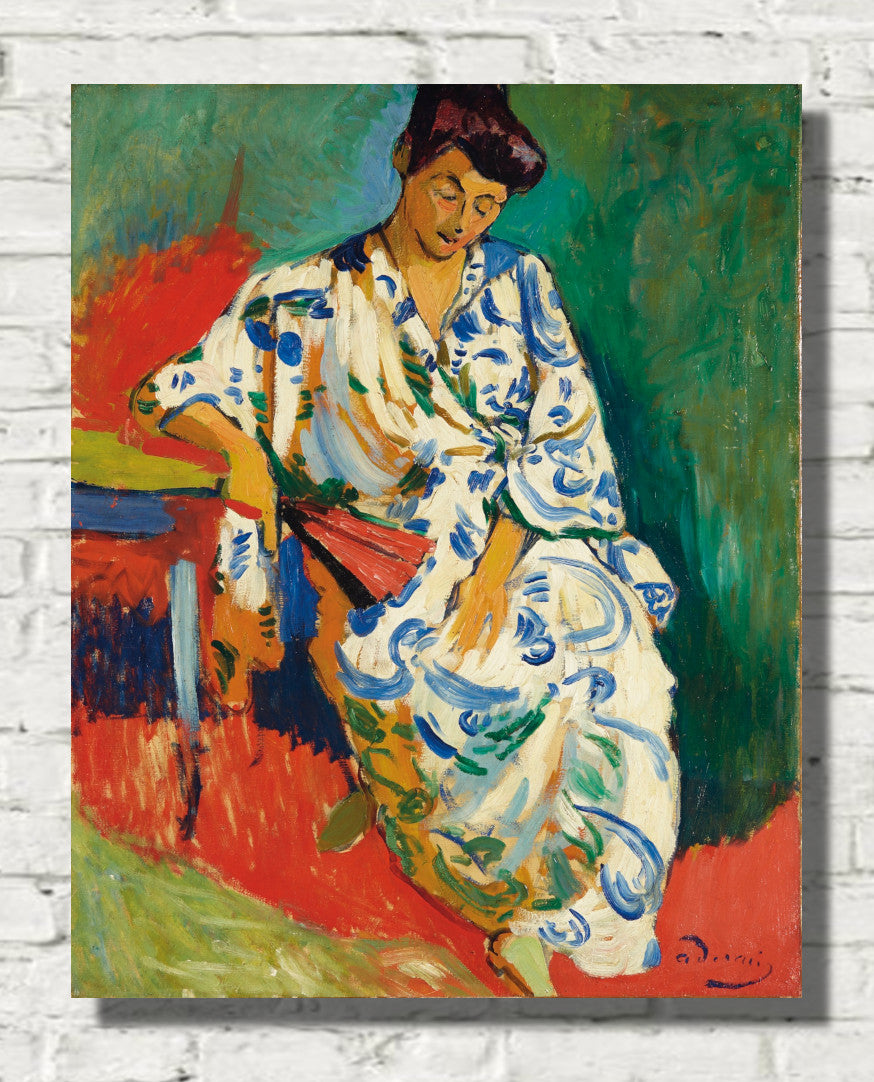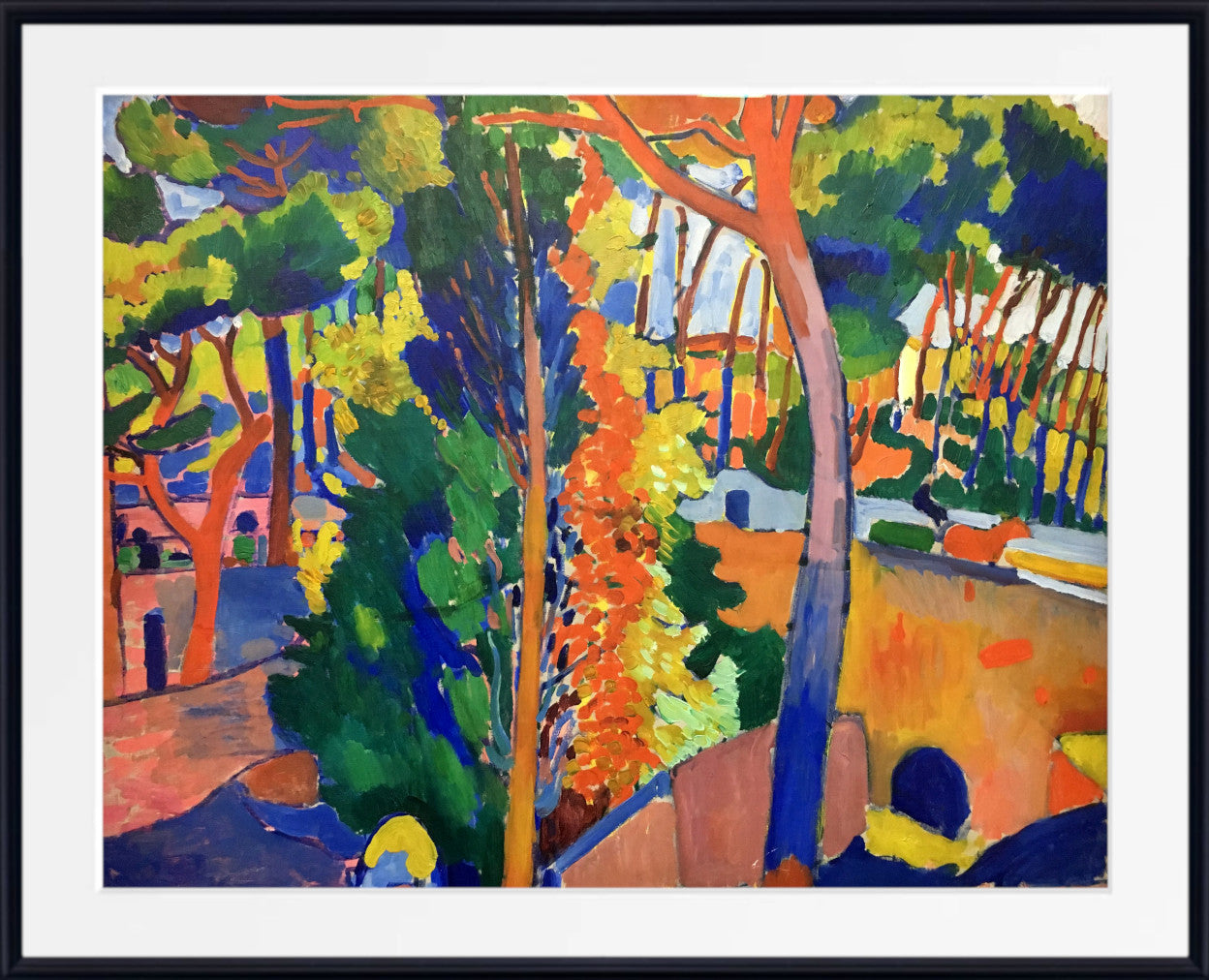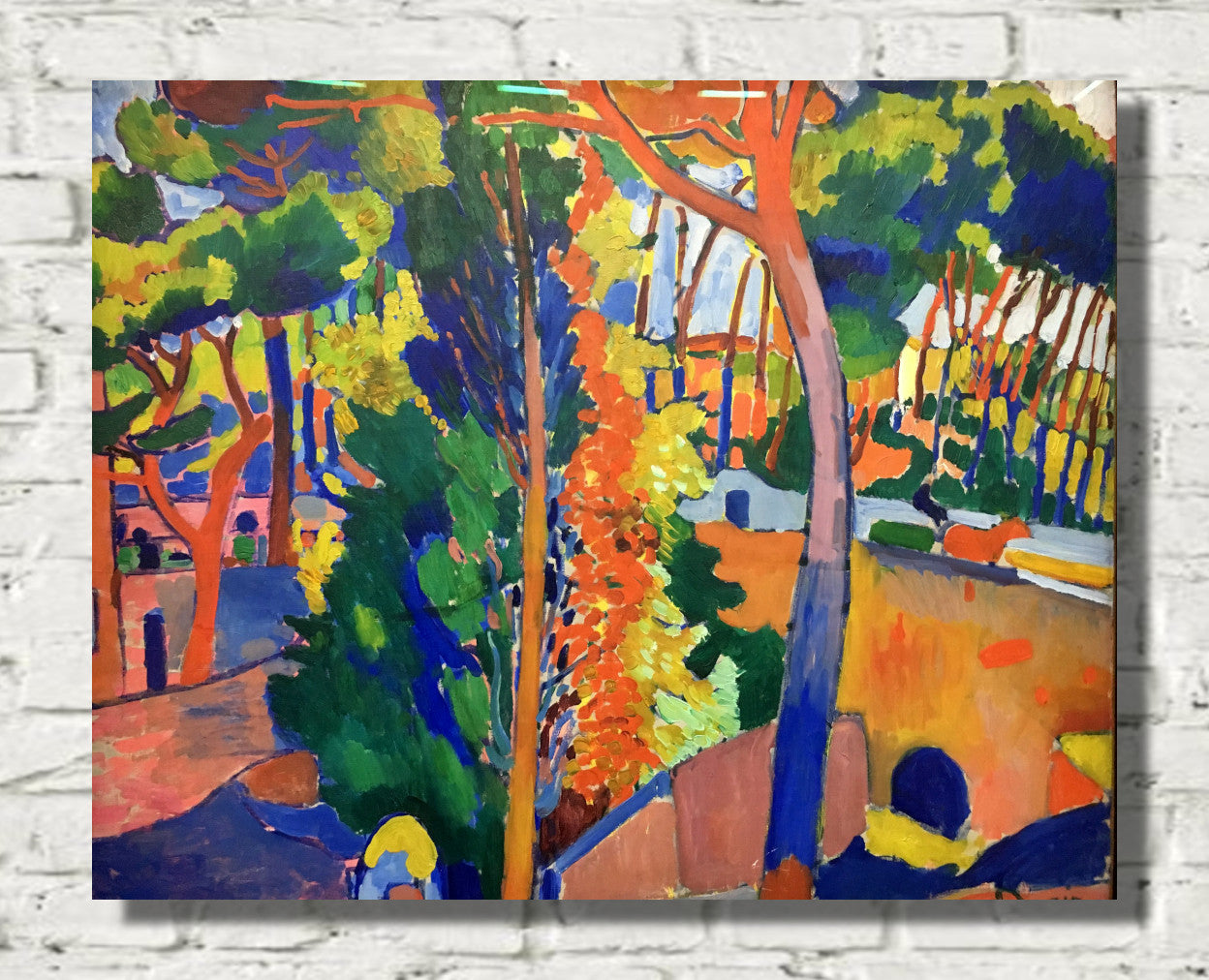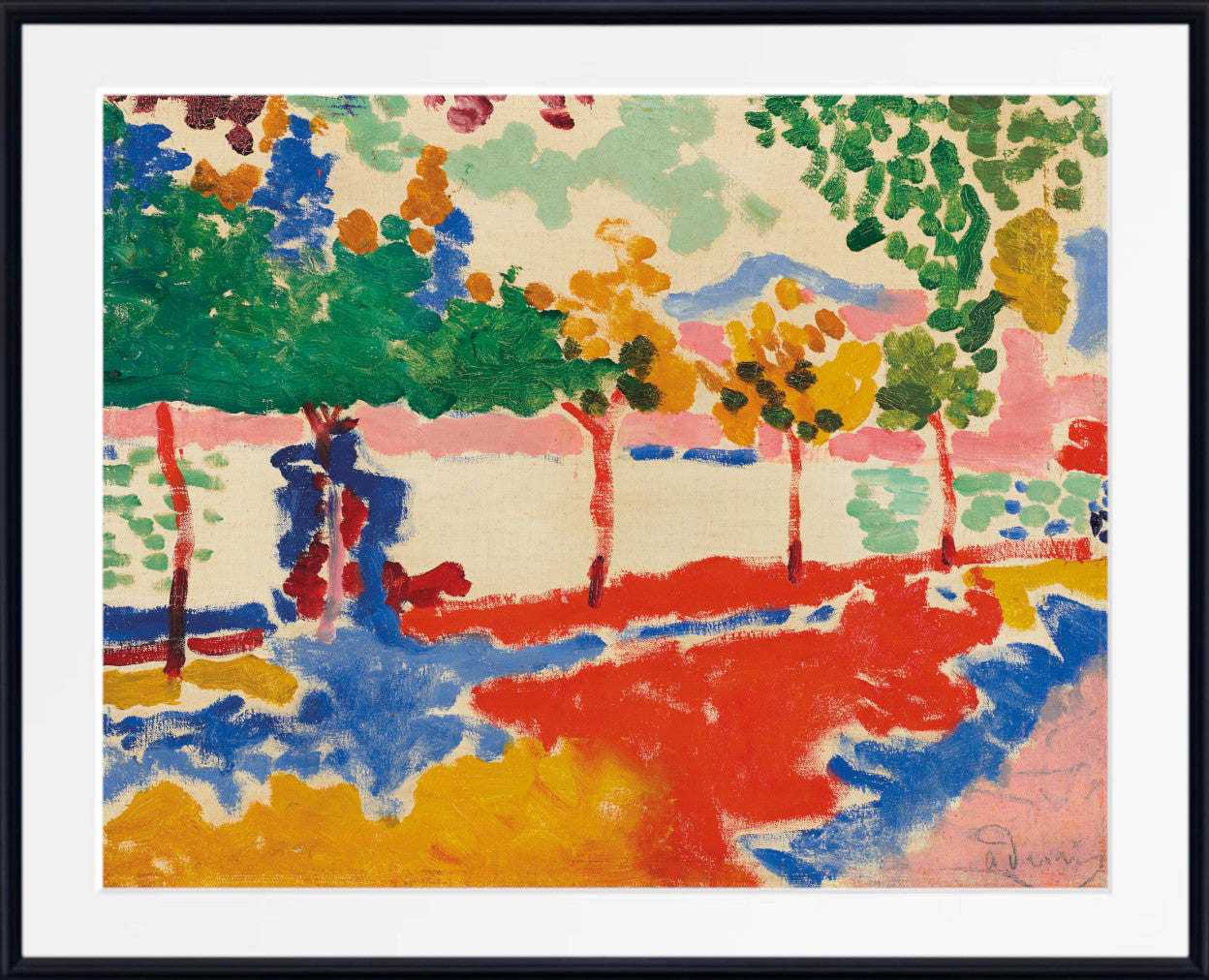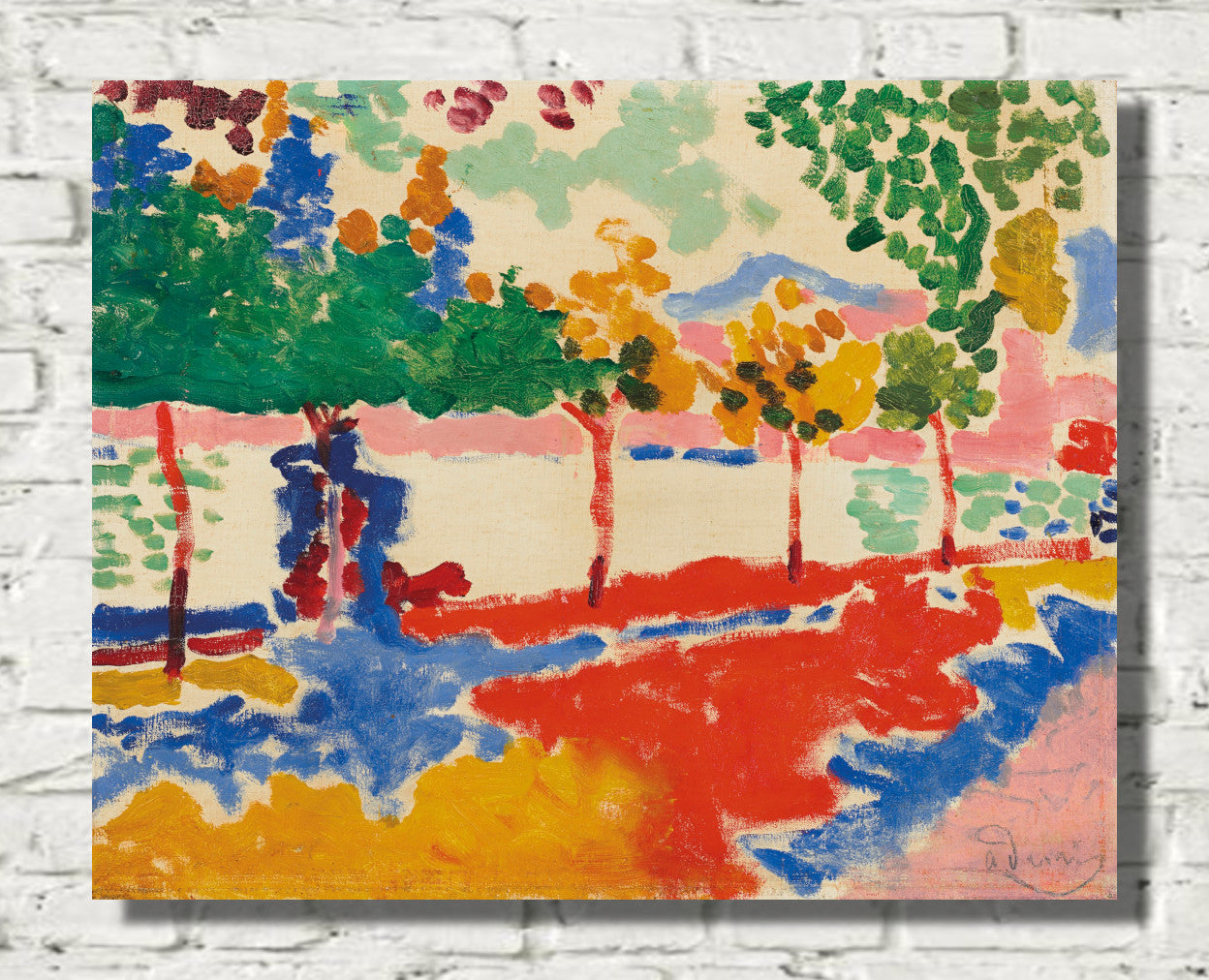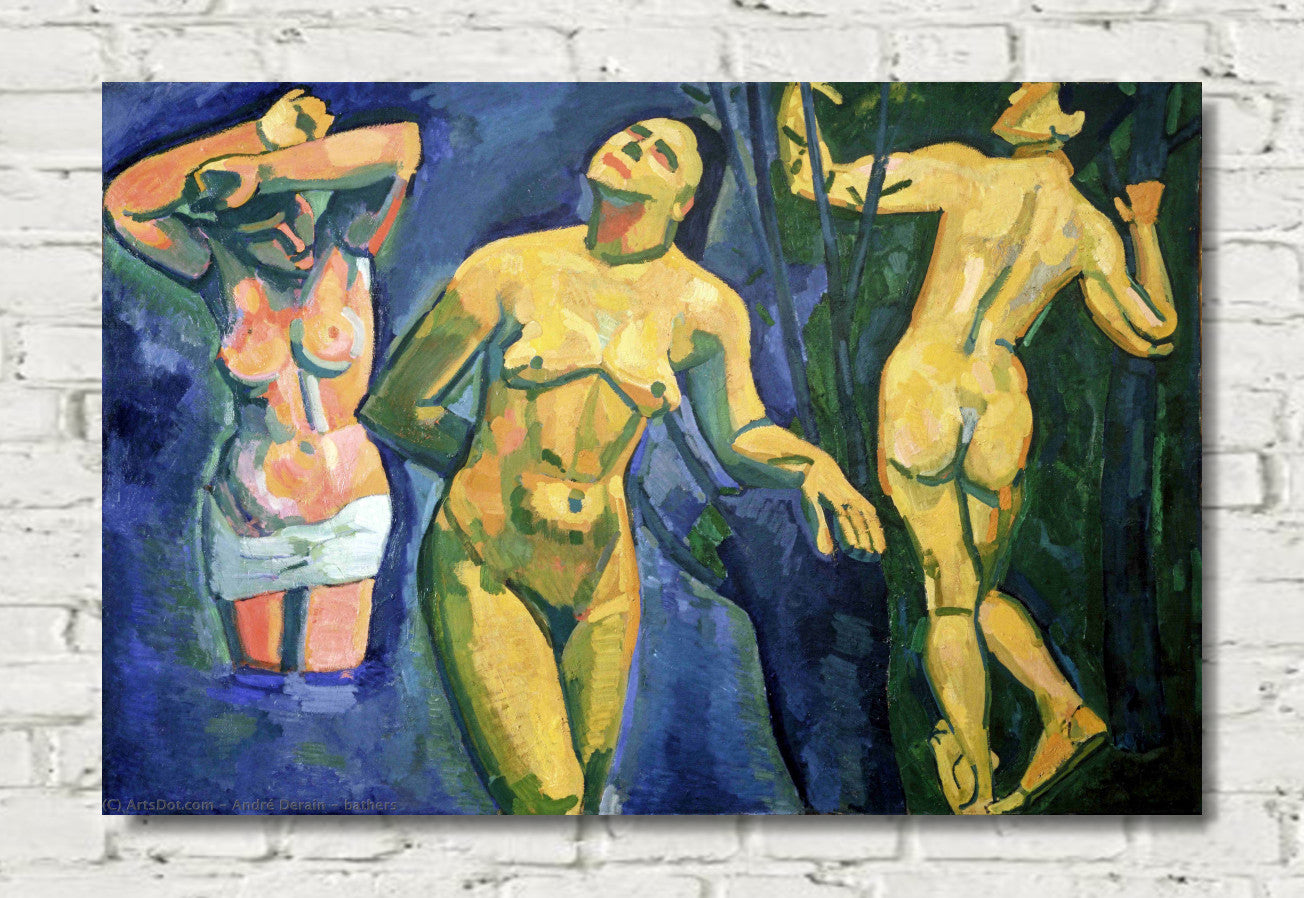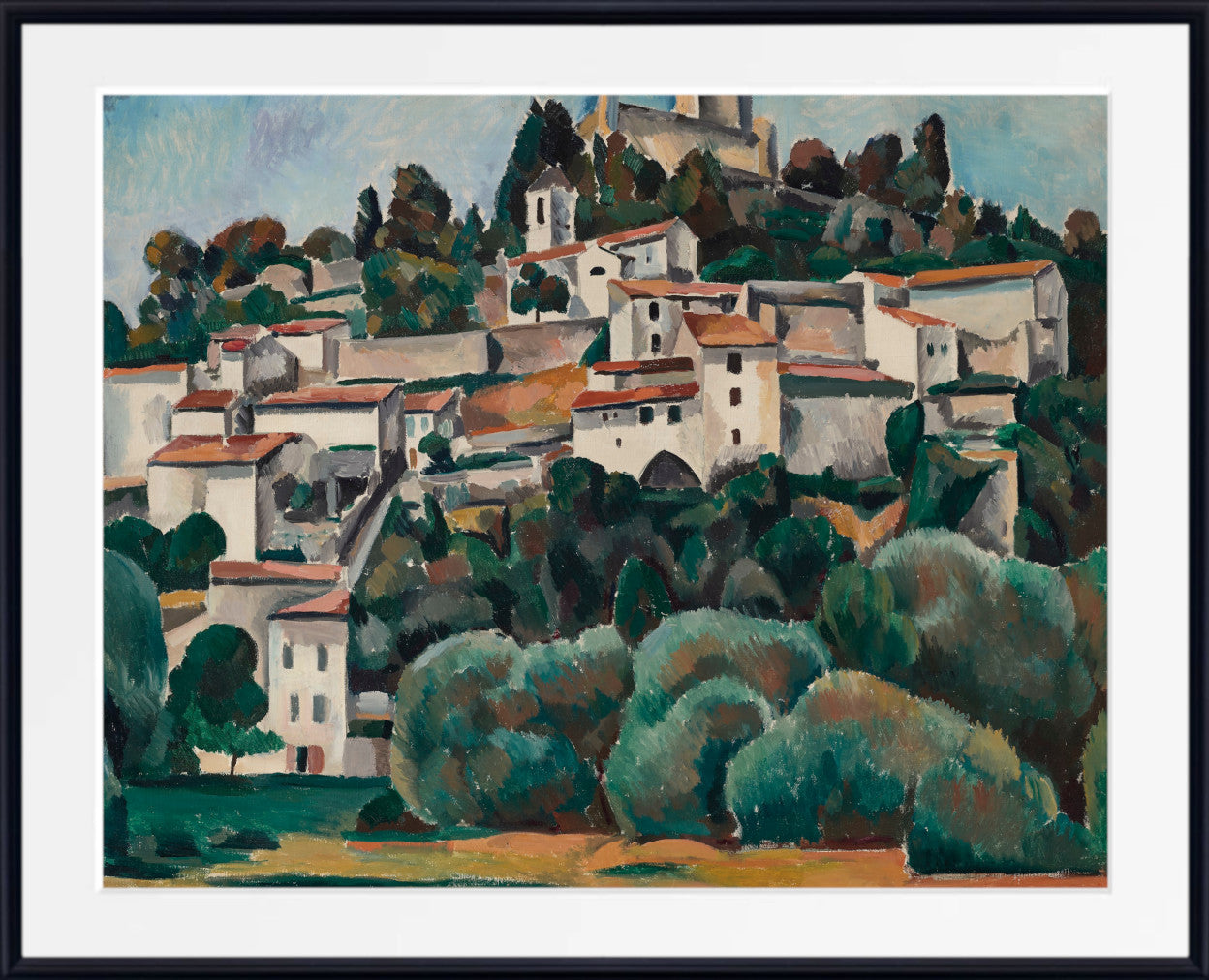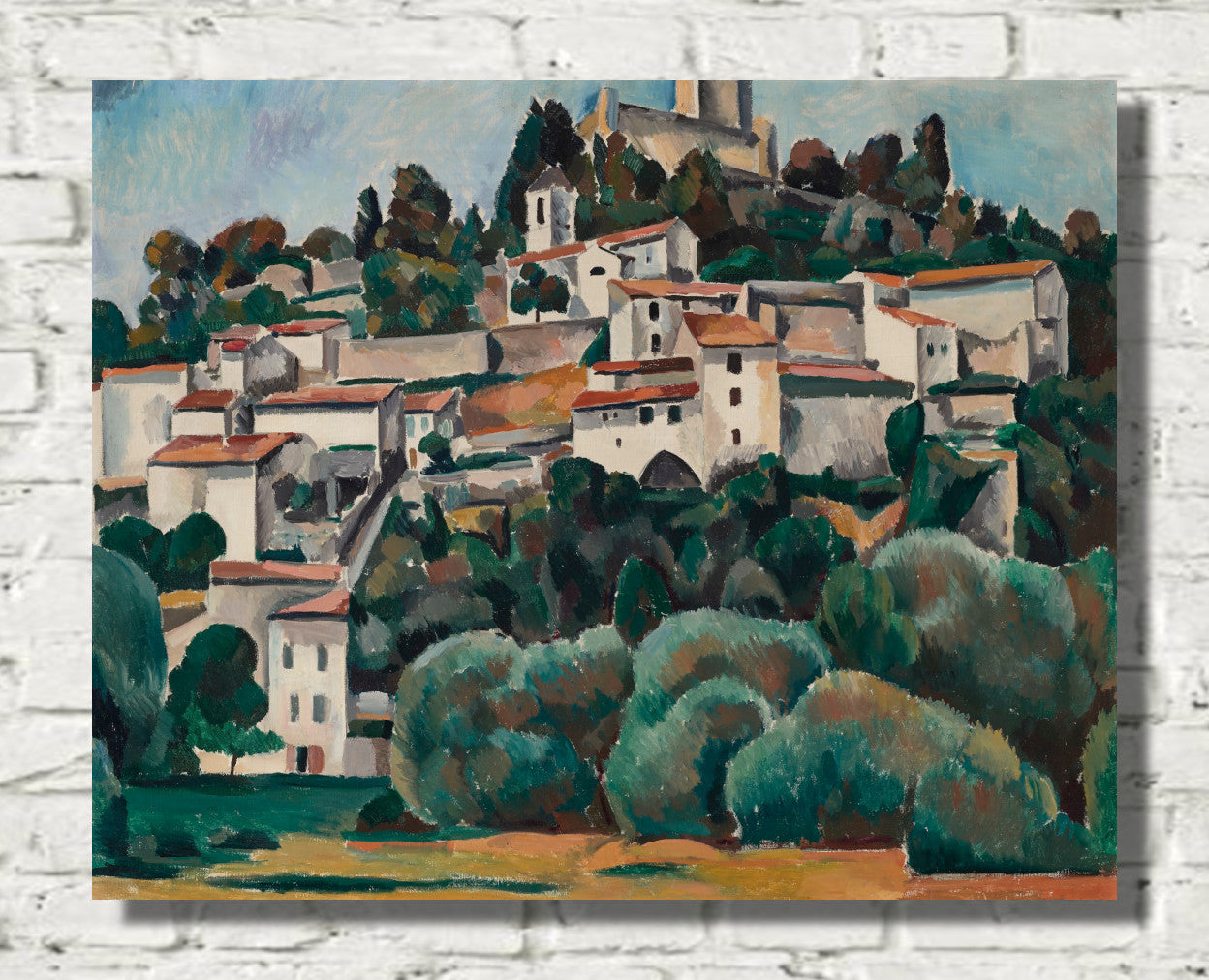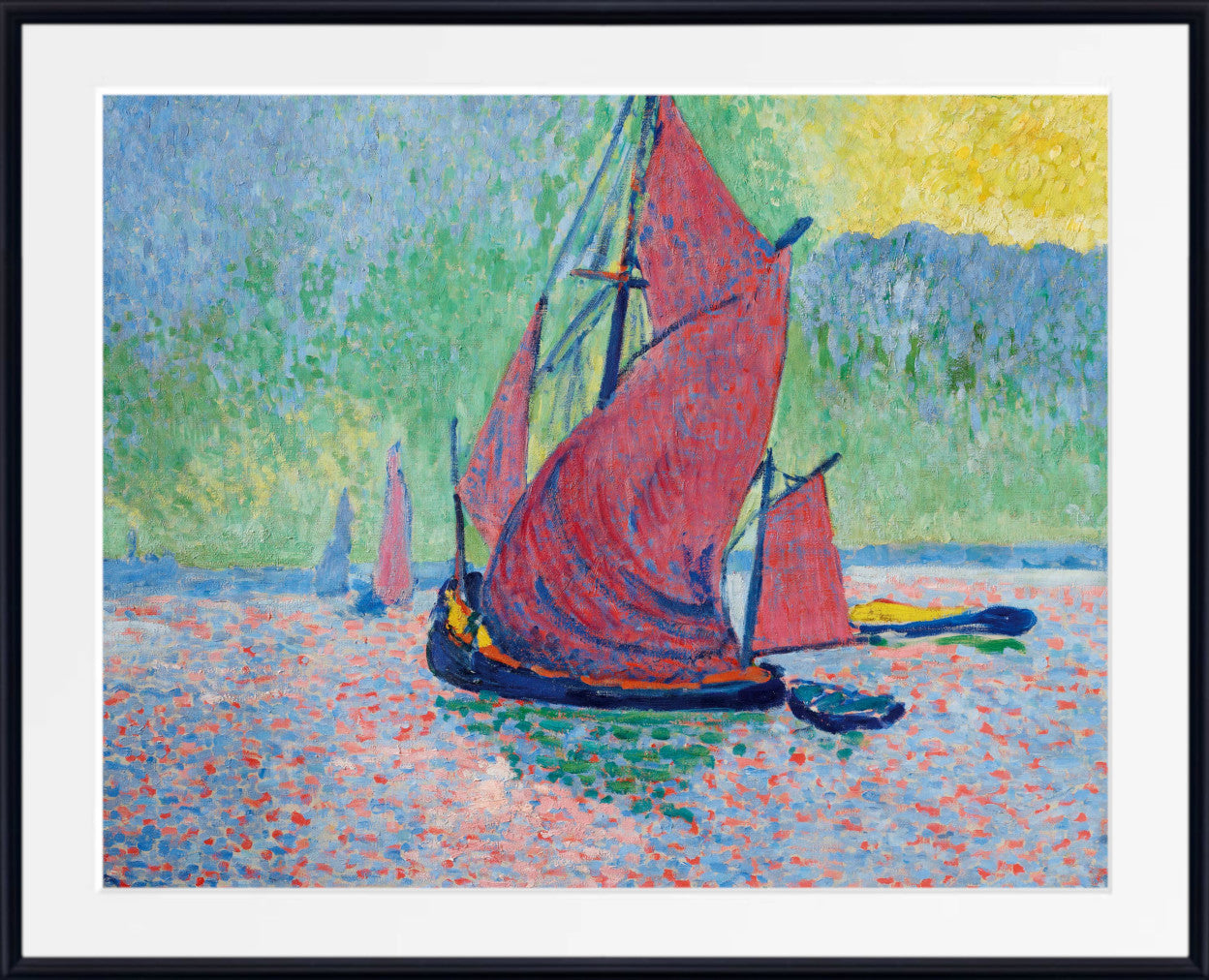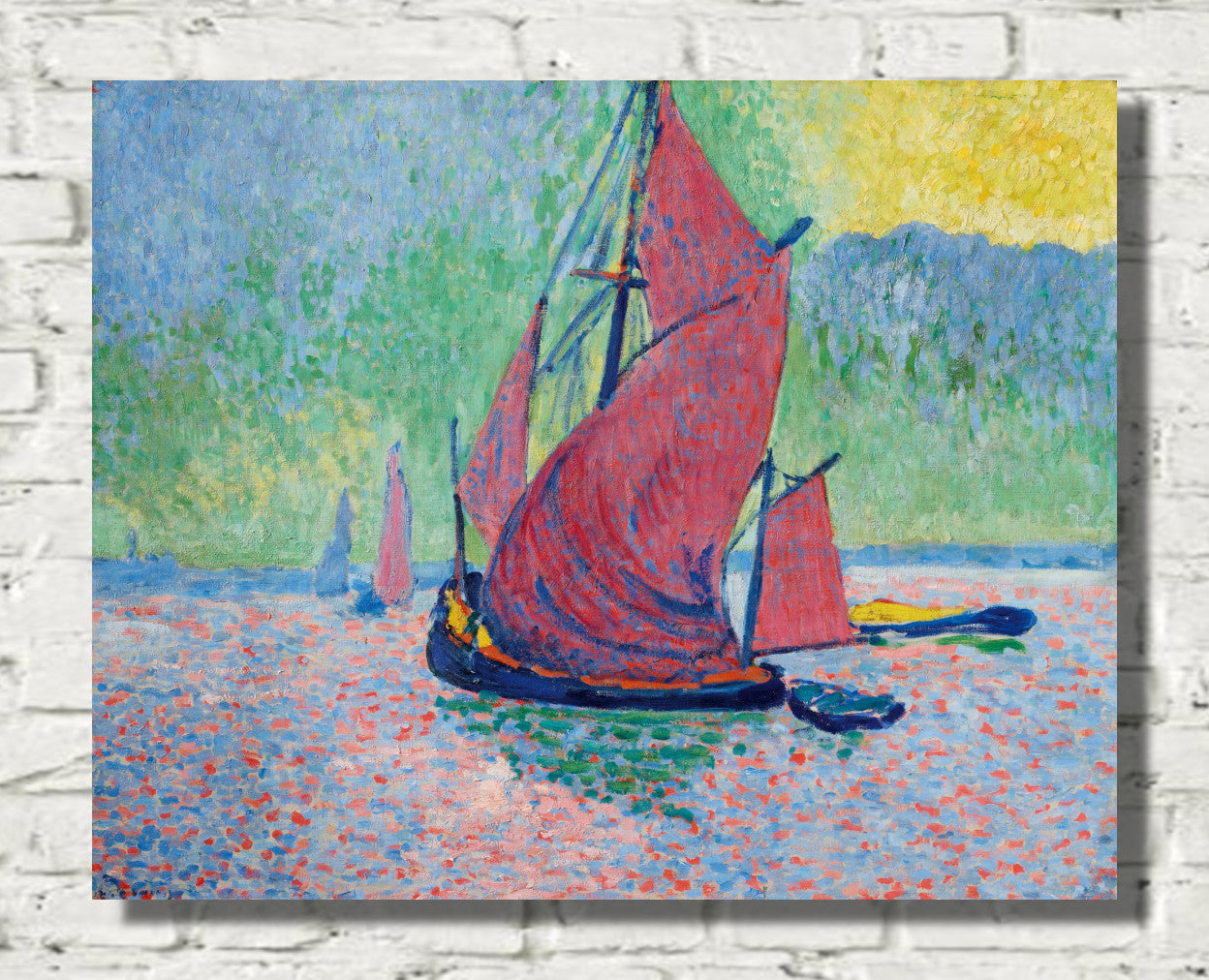André Derain, a name resonant with innovation and artistic prowess, stands tall among the pioneers of the Fauvist movement. Born on June 10, 1880, in Chatou, France, Derain's journey from his early years to his lasting impact on the art world is a captivating tale of creativity, experimentation, and evolution.
Early Years and Artistic Genesis
Derain's artistic journey began with a determination to forge his path in the world of art. Contrary to popular belief, his artistic endeavors didn't stem from chance encounters with renowned artists like Matisse or Vlaminck but from a steadfast commitment to self-study. His formative years saw him delving into painting alongside luminaries like Maurice de Vlaminck, setting the stage for his future collaborations and artistic explorations.
Embracing Fauvism: A Revolution in Color
The true zenith of Derain's career came with his collaboration with Henri Matisse, a partnership that birthed the Fauvist movement. Their joint efforts, characterized by vivid colors and bold compositions, challenged the traditional norms of art, earning them the moniker "the wild beasts" from critics. The seminal work, "Mountains at Collioure," showcased their radical departure from conventional techniques, laying the foundation for a new era in artistic expression.
London Sojourn: Redefining Perspectives
In 1906, Derain embarked on a transformative journey to London, where he unleashed his artistic vision upon the cityscape with unparalleled fervor. Through a series of vibrant paintings, he captured the essence of London, infusing it with a fresh perspective that garnered widespread acclaim. His innovative use of color and composition breathed new life into familiar landscapes, earning him recognition as a trailblazer in the art world.
Evolution towards Classicism: A Fusion of Influences
Derain's artistic odyssey witnessed a shift towards classicism in the aftermath of World War I. Influenced by the Old Masters and the Cubist movement, his work took on a more austere tone, marking a departure from the exuberance of his Fauvist years. This period, often referred to as his gothic period, showcased his versatility as an artist and his willingness to evolve with the changing times.
Controversy and Collaboration: Navigating Turbulent Waters
Derain's life was not without its share of controversies, particularly during the tumultuous period of World War II. His association with the Nazi regime led to accusations of collaboration, tarnishing his reputation in the post-war era. Despite the controversies, his artistic legacy endured, with his contributions to ballet design and continued artistic exploration earning him accolades and recognition.
The Enduring Legacy of André Derain
As we reflect on the life and work of André Derain, we are reminded of his indelible impact on the world of art. From his pioneering efforts in Fauvism to his later explorations in classicism, Derain's artistic journey is a testament to the transformative power of creativity. Despite the controversies that surrounded him, his legacy remains etched in the annals of art history, inspiring generations of artists to push the boundaries of artistic expression.
Andre Drain Prints and Canvas Panels
Prints and ready to hang canvas panels of André Derain's paintings are available in a range of sizes with fast worldwide delivery.
Andre Derain - FAQ's
-
Who was André Derain?
- André Derain was a French artist, painter, and sculptor born on June 10, 1880, in Chatou, France. He is renowned for his pivotal role as one of the co-founders of the Fauvist movement alongside Henri Matisse.
-
What is Fauvism, and how was Derain involved?
- Fauvism was an early 20th-century art movement characterized by bold colors and vigorous brushwork. André Derain, along with Henri Matisse, played a significant role in its inception, showcasing vibrant and unconventional works that defied traditional artistic norms.
-
What are some notable works by André Derain?
- Derain's oeuvre includes iconic works such as "Mountains at Collioure," "Charing Cross Bridge, London," and "Le séchage des voiles (The Drying Sails)." These paintings exemplify his mastery of color and composition, defining his legacy as a pioneering figure in modern art.
-
How did Derain's artistic style evolve over time?
- Derain's artistic journey underwent significant evolution, transitioning from the exuberant color palette of Fauvism to a more subdued and classicist approach in later years. His exploration of different styles and influences, including Cubism and the Old Masters, reflects his versatility as an artist.
-
What was Derain's relationship with other prominent artists of his time?
- Derain had close ties with notable artists like Henri Matisse, Maurice de Vlaminck, and Pablo Picasso. His collaborations and friendships with these luminaries greatly influenced his artistic development and contributed to the cultural milieu of the early 20th century.
-
How did World War II impact Derain's life and career?
- During World War II, Derain faced controversy due to his association with the Nazi regime. Despite this, he continued to produce art and remained active in the artistic community. However, his reputation suffered in the aftermath of the war, leading to a reassessment of his legacy.
-
What is Derain's legacy in the art world?
- André Derain's legacy looms large in the annals of art history, with his contributions to Fauvism and modern art enduring through the ages. His bold experimentation with color and form continues to inspire artists around the world, cementing his status as a visionary and innovator.
-
Are there any controversies surrounding Derain's work?
- One notable controversy involves Derain's association with the Nazi regime during World War II. His participation in official Nazi exhibitions and visits to Germany led to accusations of collaboration, tarnishing his reputation in the post-war years.
-
What are some key exhibitions or retrospectives featuring Derain's work?
- Derain's work has been showcased in numerous exhibitions worldwide, including retrospectives at prestigious institutions like the Courtauld Institute and the National Gallery of Art. These exhibitions offer insights into his artistic evolution and lasting impact on the art world.
-
How can one appreciate and engage with André Derain's art today?
- To appreciate Derain's art, one can visit museums, galleries, and online collections housing his works. Additionally, studying his biography, exploring critical analyses, and attending exhibitions provide valuable insights into his artistic vision and enduring legacy.

